OpEd: The School System; ‘One-way’ Learning
Photo courtesy of Ollie O’Brien
[From Left] students Evy Deaton and Tyler Courtney sit near the front of D wing, doing class work.
Disclaimer: Though there are many parts of the school system and how it needs to be changed or updated, this article will focus on the ‘one-way’ learning aspect of the United-States’s ‘one-way’ school system.
One teacher stands in front of a class. In front of her, 20-30 students sit in chairs, not making eye contact. Some students stare down at their phones, laughing at texts from their friends in that class, or across the school from them. Some students zone out, their earbuds in and their minds elsewhere. There’s a handful of students who are taking notes, focusing hard on their work. But overall, there’s a lot of students who are just disengaged from the class completely.
This scene of the average US public school classroom is one that almost every student and teacher alike is familiar with. It is a reflection of the American public school system.
The school system hasn’t been changed or drastically updated in one hundred eighty four years. But nowadays, with phones and technology, along with a rise in ADHD, autism, depression, and anxiety diagnoses, there’s also a rise in students needing more support from a system of learning that doesn’t really seem to understand their needs.
The question is: Has the school system been left unchanged for a reason? Or was it just expected to keep working without change or evolution?
“I feel like the school district kind of tries to teach one way of doing things, because they’ve been doing it for so long, they try to keep going that one way,” Tristan Cole Herrera, a student at Silver Creek, says. “Most teachers, they just kind of pull everything out of a book instead of really trying to teach the kids individually.”
But is the issue of learning just the teachers teaching by the curriculum? Or does it go deeper than just that?
“One of the hardest things right now as a teacher is the lack of engagement when it comes to games on an iPad, or having your AirPods in, which I’m sure students are tired of hearing about,” Kaelyn Vargo, an English teacher at Silver Creek, said. “But then I think back to why [are students on their devices]? When all of your brains were hardwiring, we were at home, we were learning online, and we had all of this digital stimuli constantly.”
The COVID-19 pandemic truly started for many students in 2019, when students were sent home. The pandemic lasted for what seemed like forever, and every day was the same: wake up, get on WebEx, do classes, and sleep. For many students, it was hard to want to put in the effort with such a lack of a good learning environment or people to be around.
The class of 2026 [freshman this year] were 6th graders when the pandemic started. The class of 2023 [seniors this year] were freshmen. Being online for practically two to three years had an incredible impact on how students thought they should learn.
“There is a want to learn [amongst students], but there’s a big hindrance because of your brains developing during the pandemic,” Vargo explained.
After the COVID-19 pandemic was ‘over,’ and students came back to in-person school without any masks, a lot changed. Most assignments were still ones students had to turn in on Schoology, there weren’t as many paper copies of things, and oftentimes most of the learning students had to do, was on their own, reading articles or researching.
“We’re always learning, as teachers,” Vargo says, “Sometimes we have to seek out that learning and how to best help our students. And sometimes that’s by trial and error. […] to be able to tailor our lessons and our activities to 200 different learning styles is really difficult.
“There’s a theory, it’s called ‘voice and choice.’ When we as teachers give you your choice in what you want to do, or how you want to do it, you’re going to have more buy-in.” Vargo explains “But we also can’t create a buffet of learning. We have to have some sort of happy medium.”
A Special Education teacher at Silver Creek, Bethany Lynch, agreed with the idea of having more options for assignments.
“Being a special education teacher, I think [teaching and lesson planning] looks a little bit different for me,” Lynch said. “My job is really centered around differentiating and providing different learning styles for students. Based off of the school system, it is a big part of my job then to help teachers be able to differentiate and show different types of learning styles. That also is a problem because it takes up a good portion of my job and it should be things teachers are already doing for students. A lot of the time I’m teaching other teachers how to help students in a different light.”
Providing options and choices for students does happen in classes. But one of the biggest places it doesn’t happen is on tests or assessments. When taking a test, students usually only have one option: take the test in a quiet classroom. Or, when it comes to assessments, oftentimes the same issue presents itself. Take the assessment in a silent classroom for an hour.
While teachers are doing a better job giving more options and diverse assignments to students, there is still a great divide between the student, the learning, and the grades. Will all of those rifts, one has to wonder what students think about it all?
“It’s really difficult for teachers to have a class where students are at a whole lot of different levels,” Autumn Hall, a senior at Silver Creek, with the capstone project ISA: a project that allows students to teach classes, plan lessons, and learn how to teach other students, said. “I think if we had a program, ISA kind of does it, but other programs where there are more than one teacher, whether it’s a student teacher or, in Integrated its Mrs. G and Mrs. Vargo, and granted it’s a much bigger class, but when you have more than one instructor in the room you can aid students that are at different points in their learning.”
With multiple teachers in a classroom, or smaller class sizes, there would be more opportunities to get one-on-one help, either on assignments or individual learning. In a perfect world, getting more teachers in one classroom, or making smaller classes would be easy. But, with the way teachers are paid, and the now increasingly dangerous threat of school shootings, getting more teachers in the classroom is a truly difficult feat.
Changing the school system to be better fit for the way students learn is no easy task. But starting by asking both students and teachers alike what they think could be improved, should always be the first step to making a better environment for everybody in the building.

Ollie O’Brien is a freshman at Silver Creek High School, and is new to the Journalism course. Ollie decided to take journalism because they thought it...
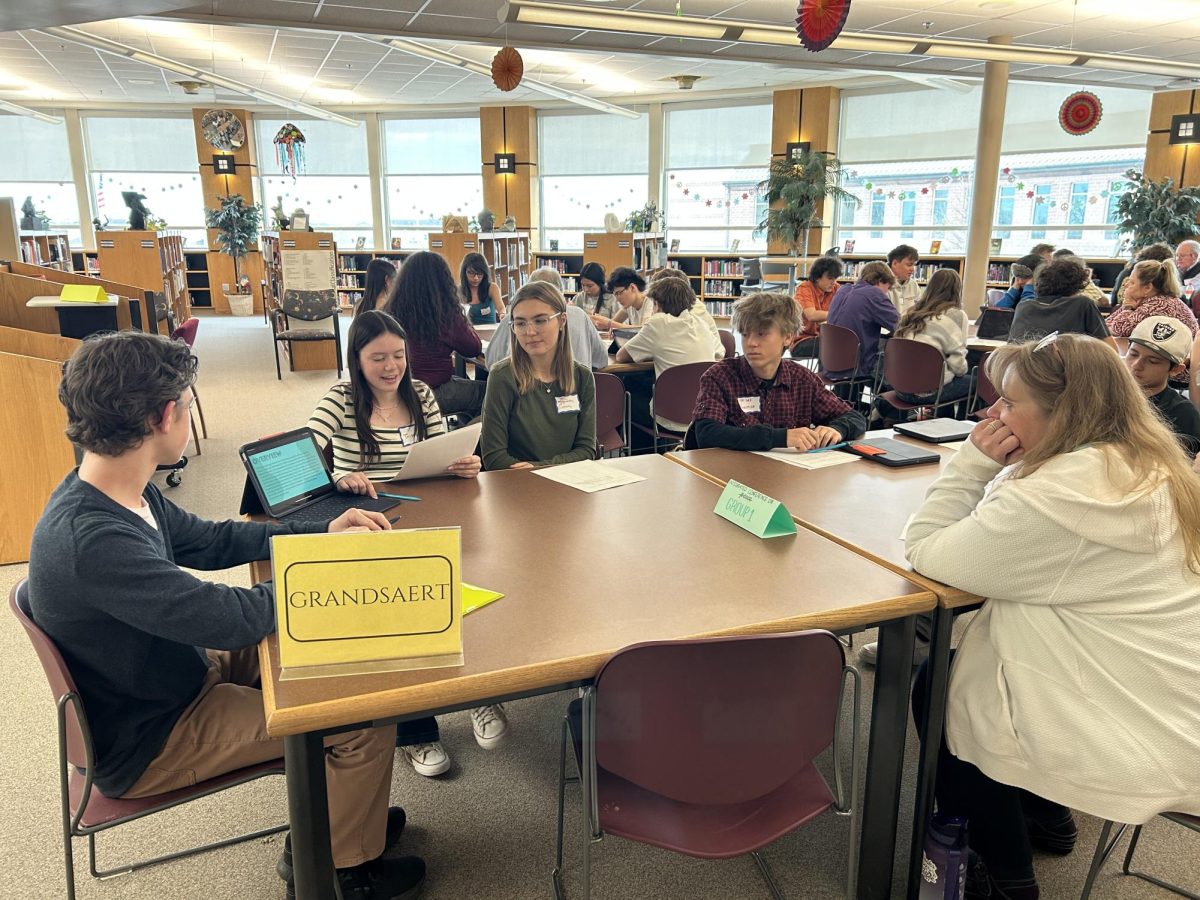
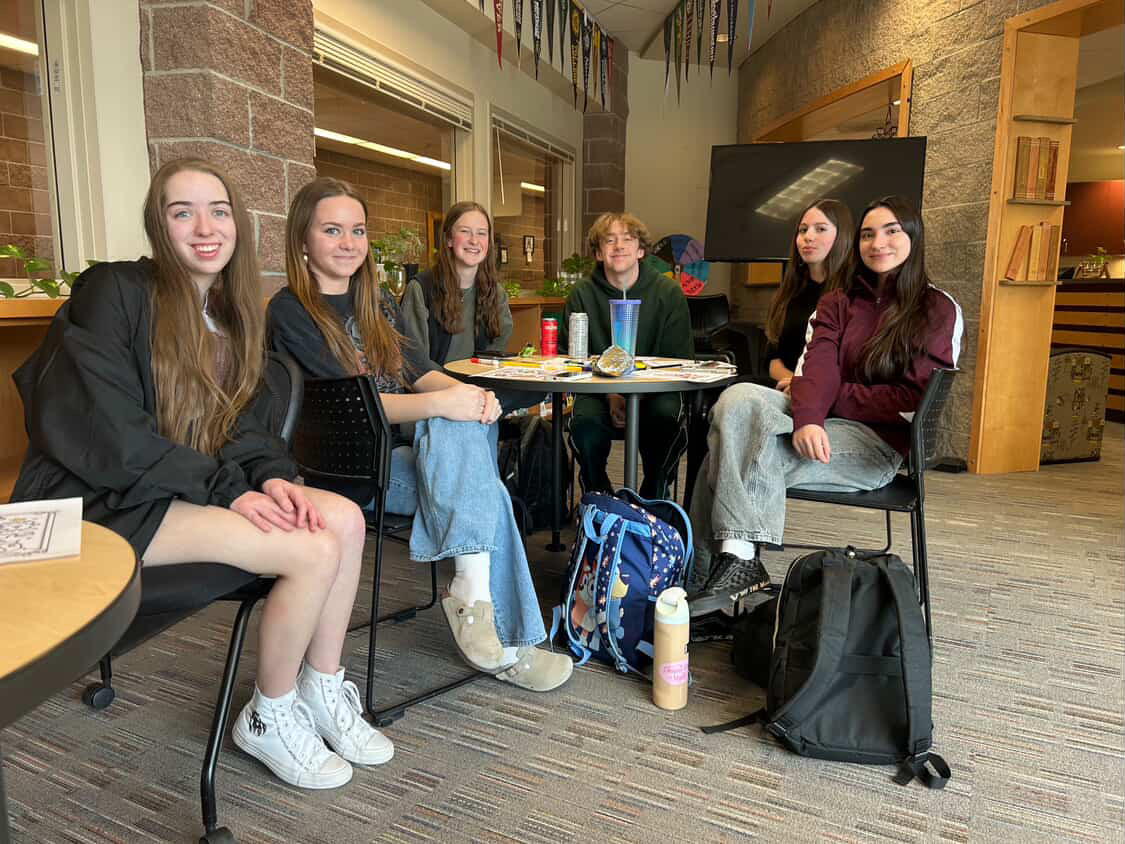
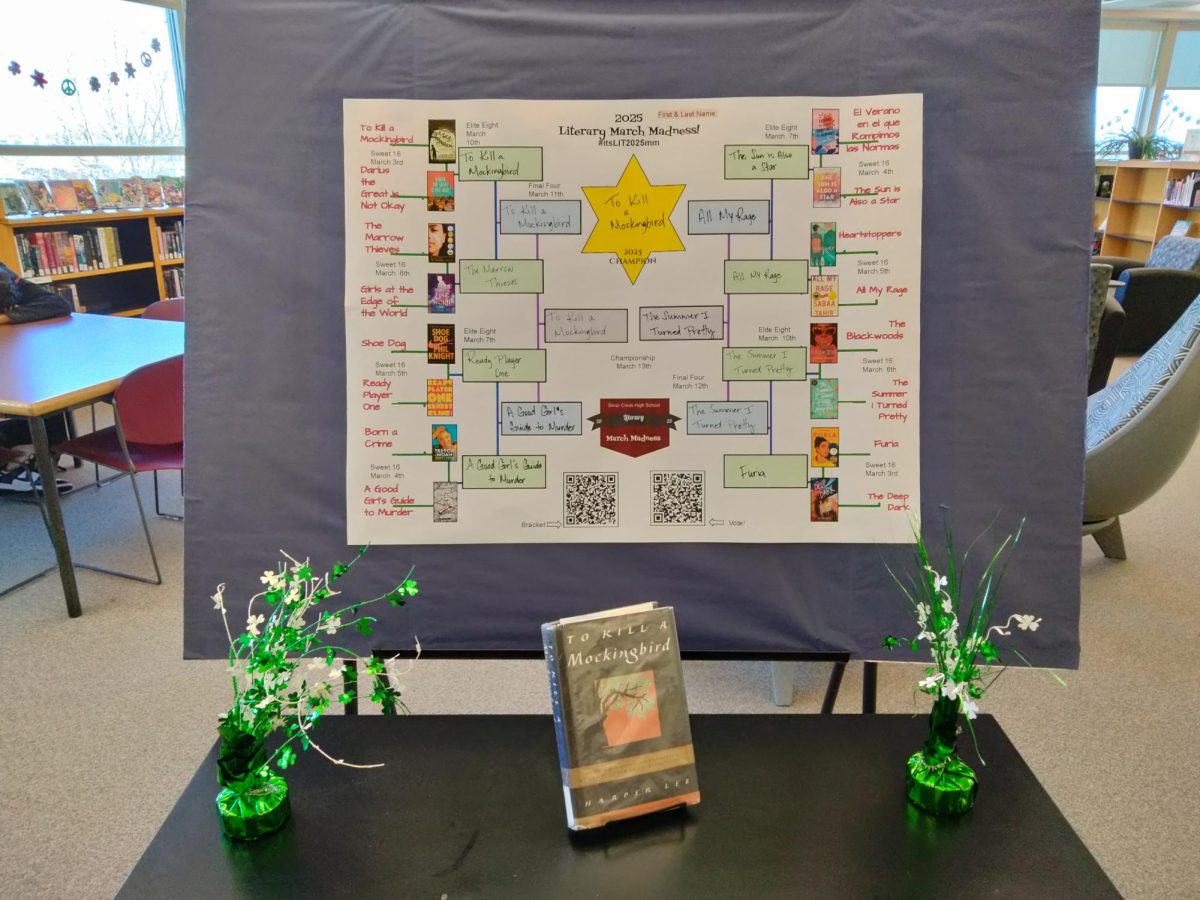

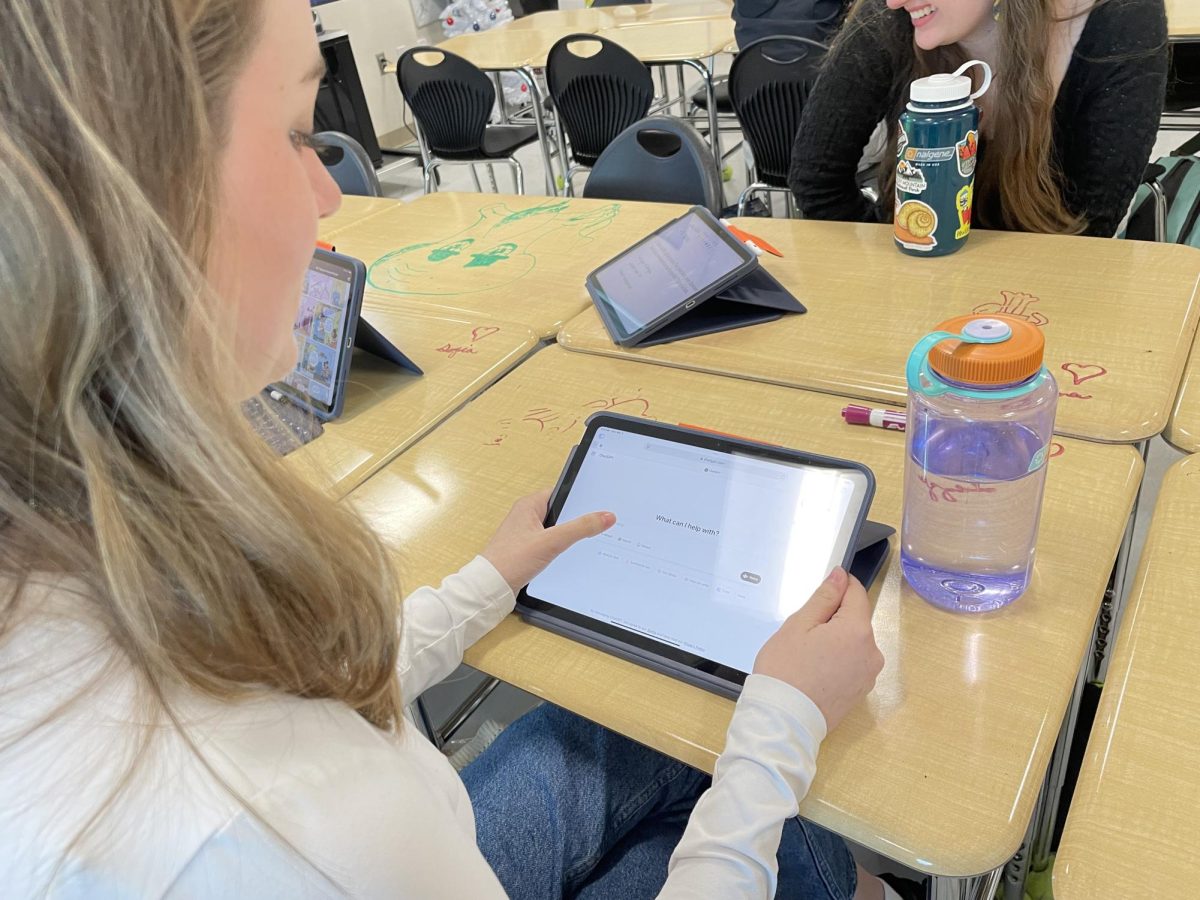
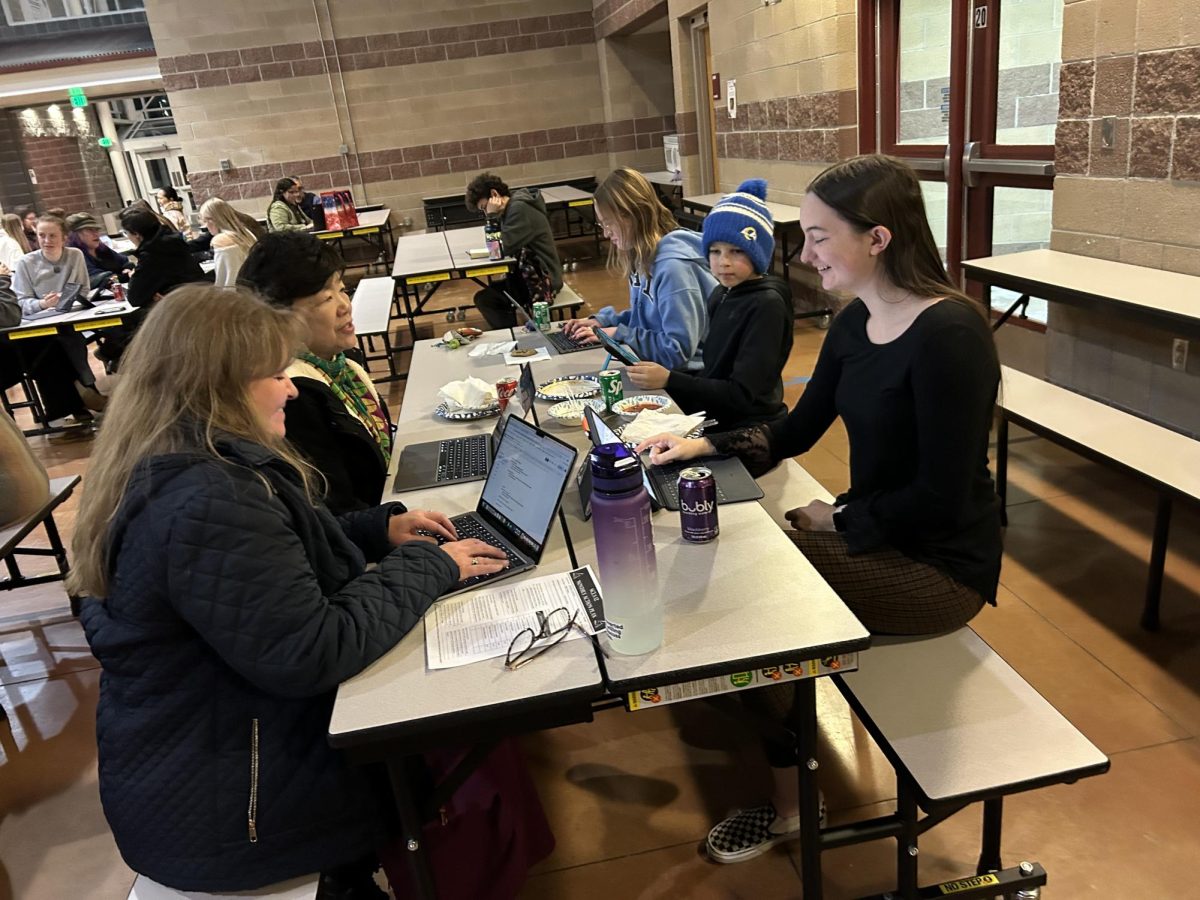
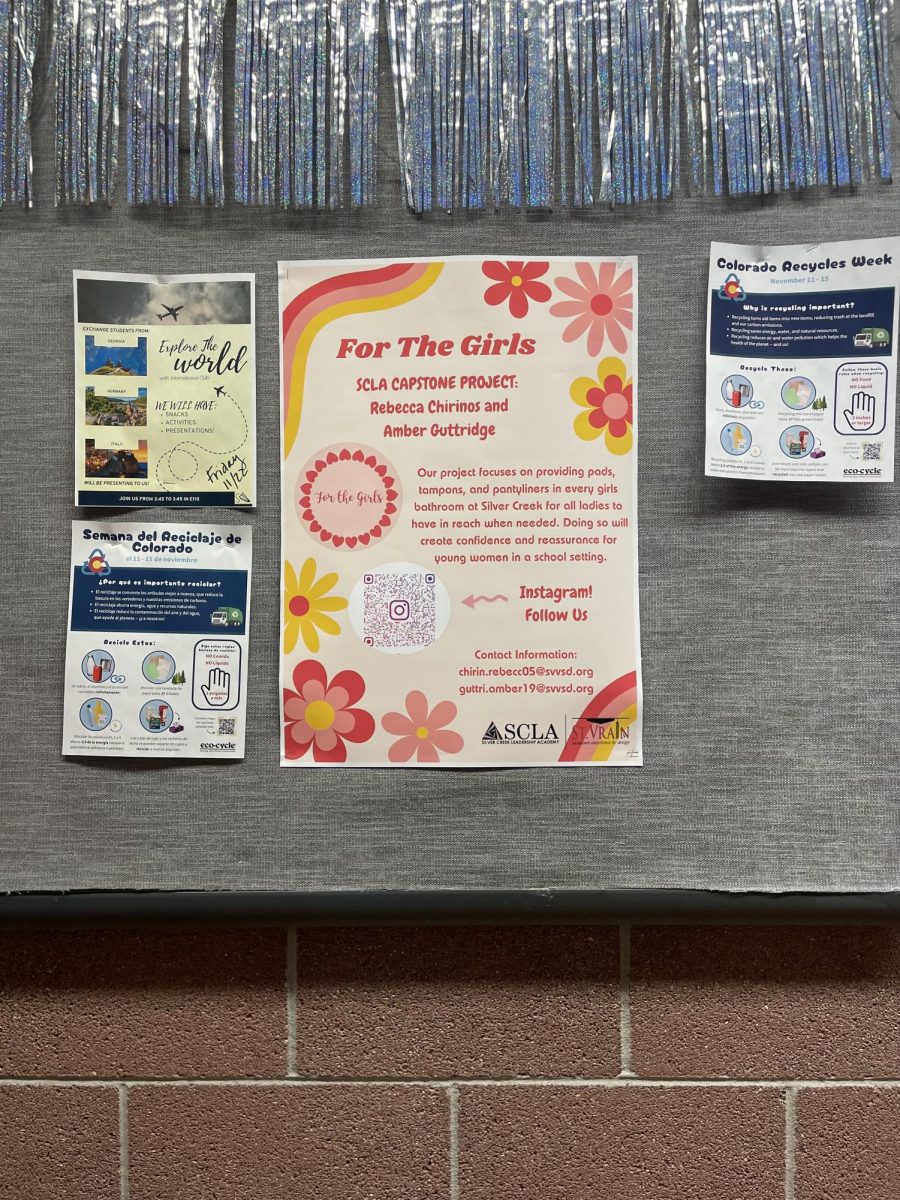
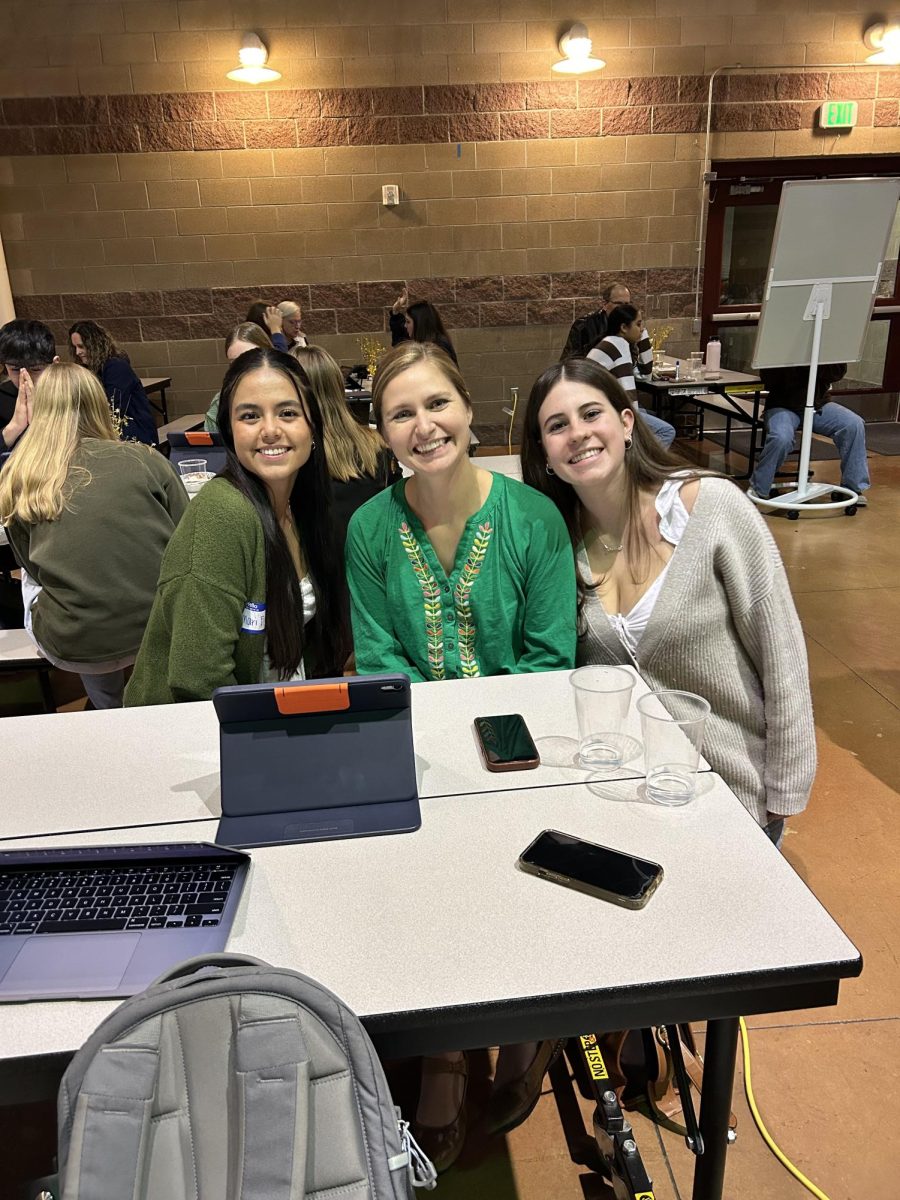
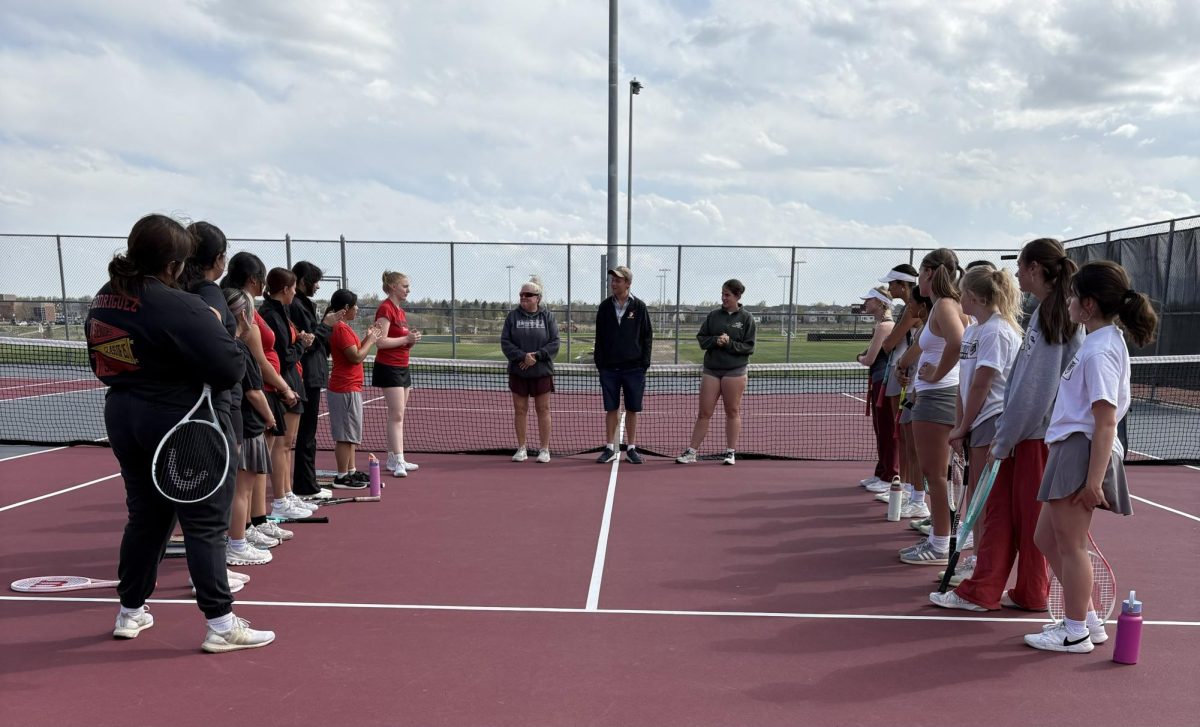

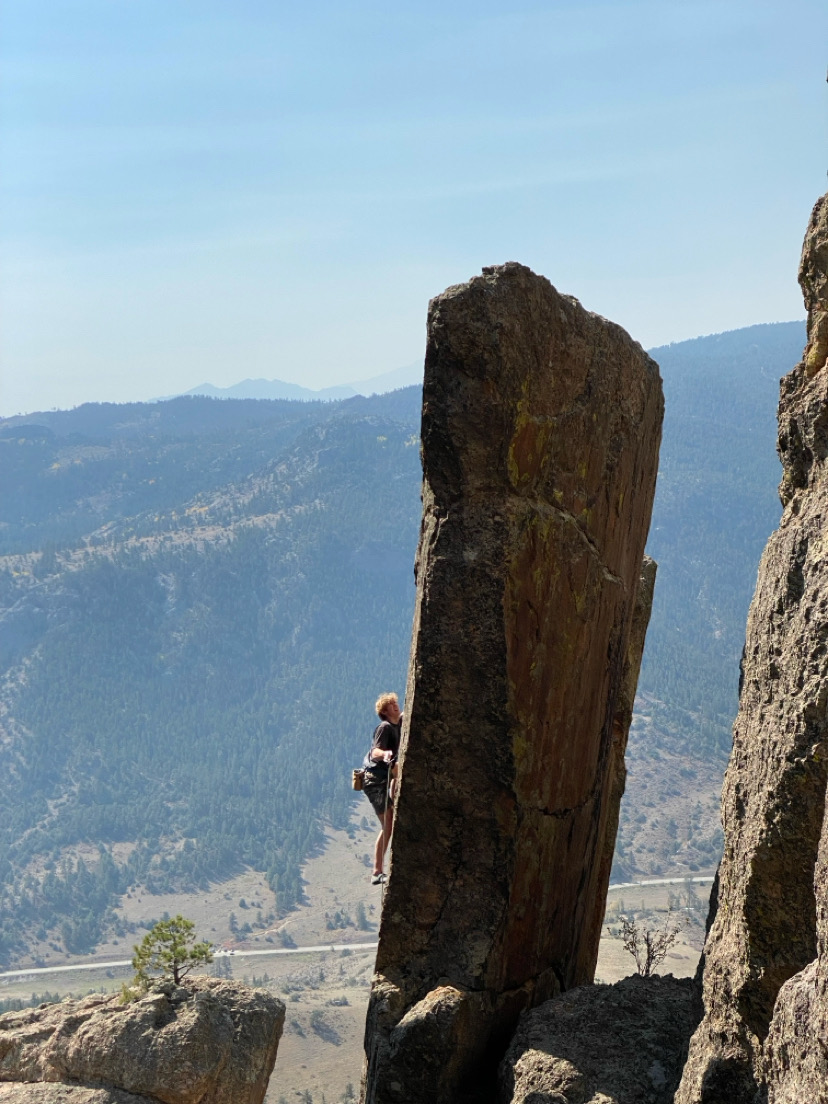
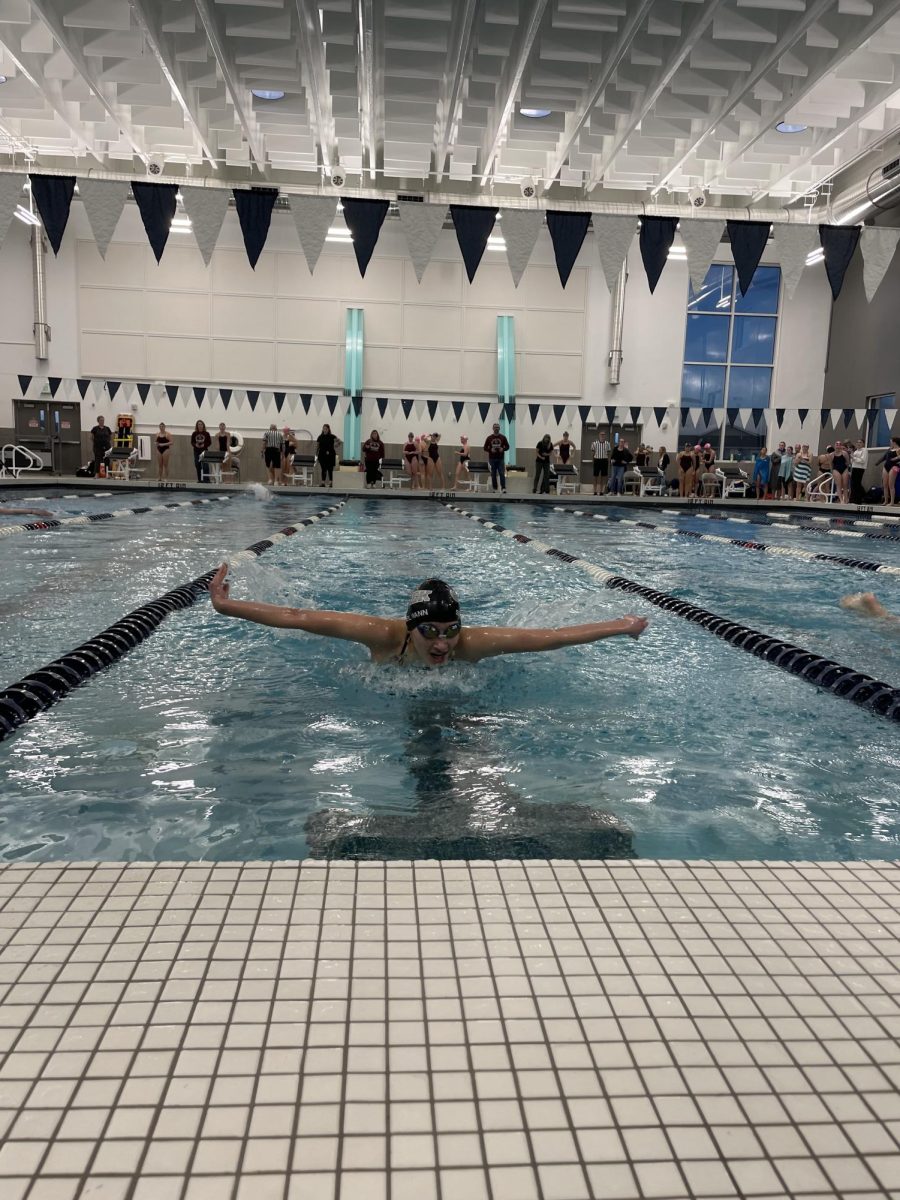
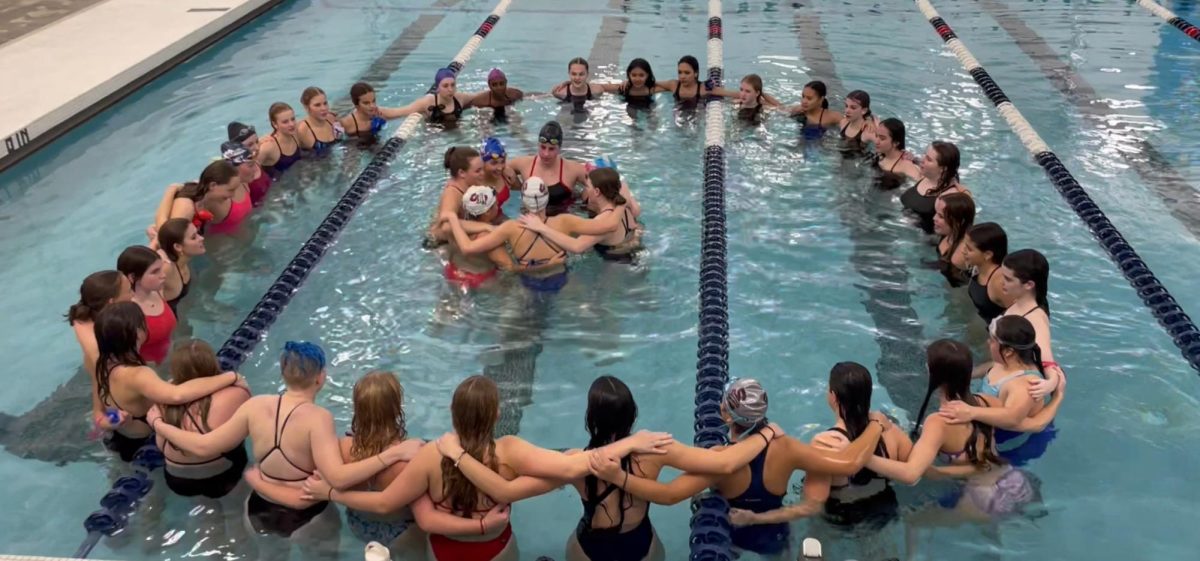
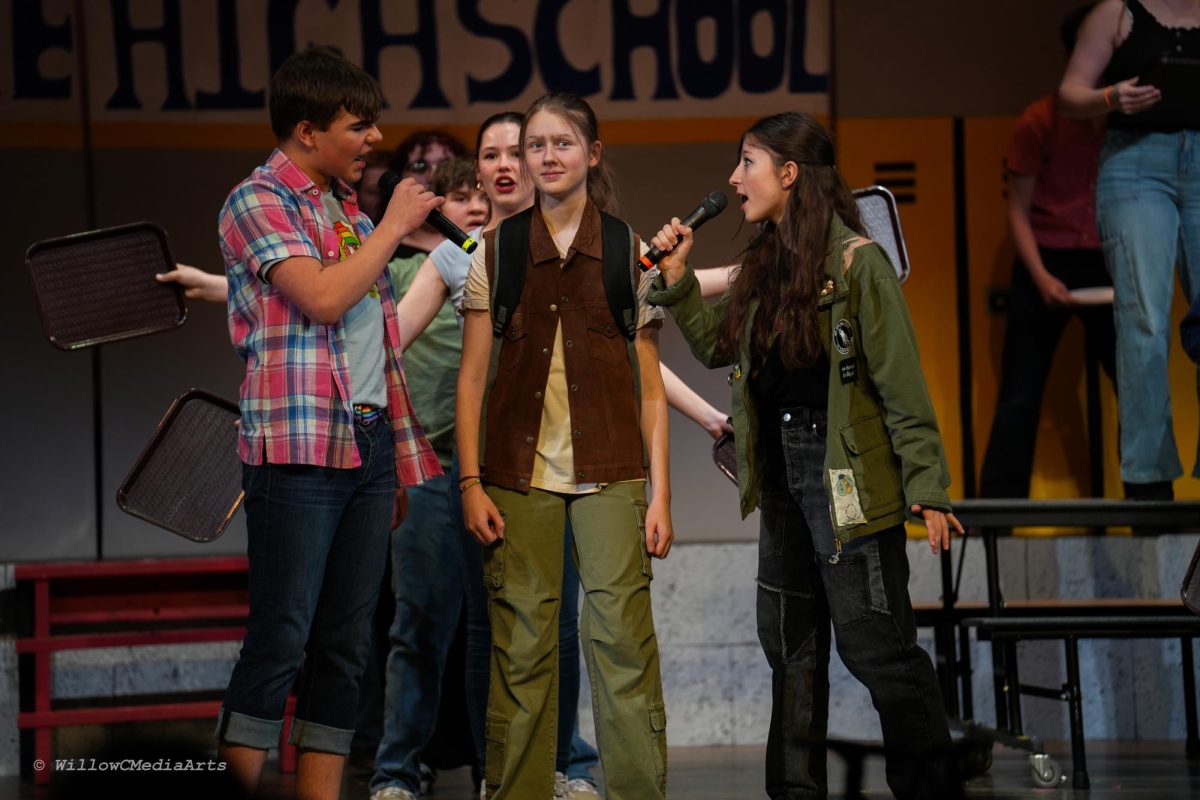
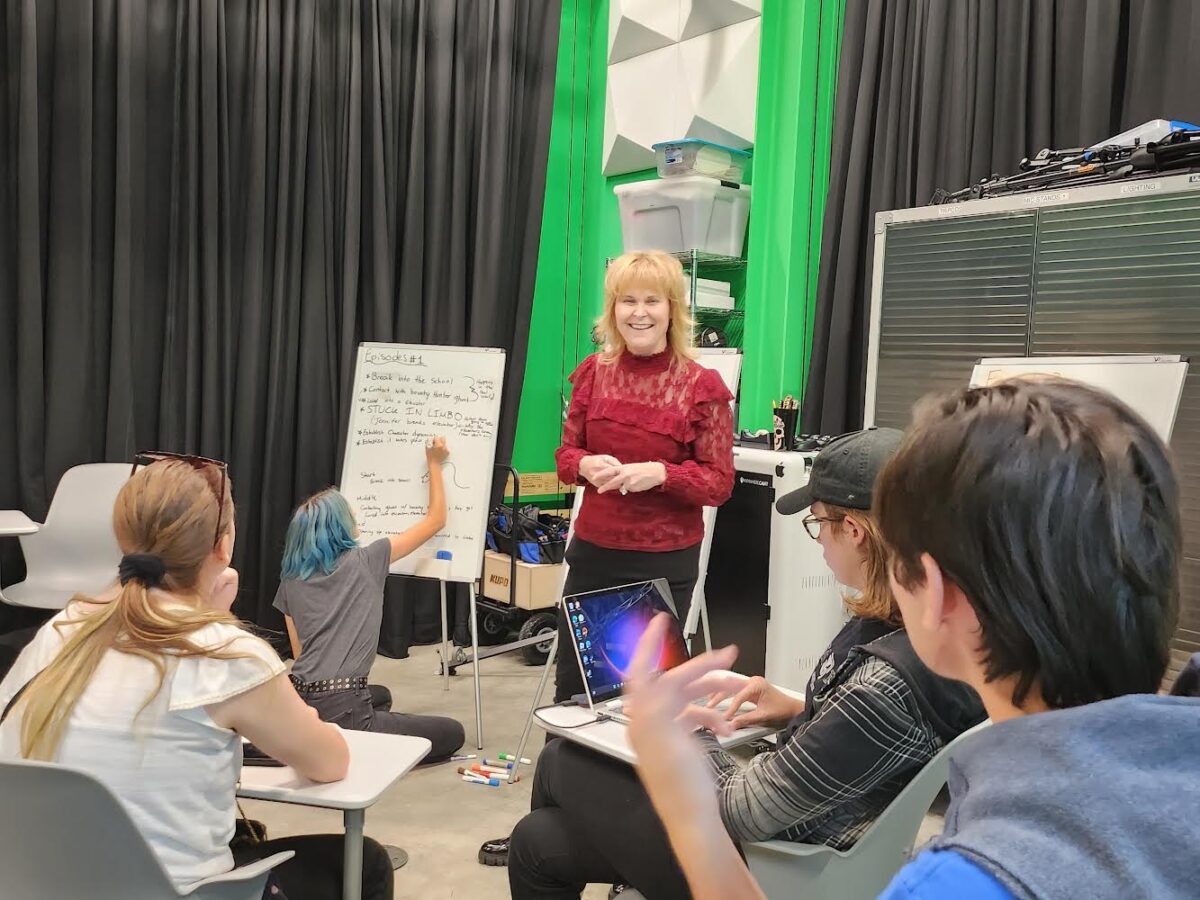

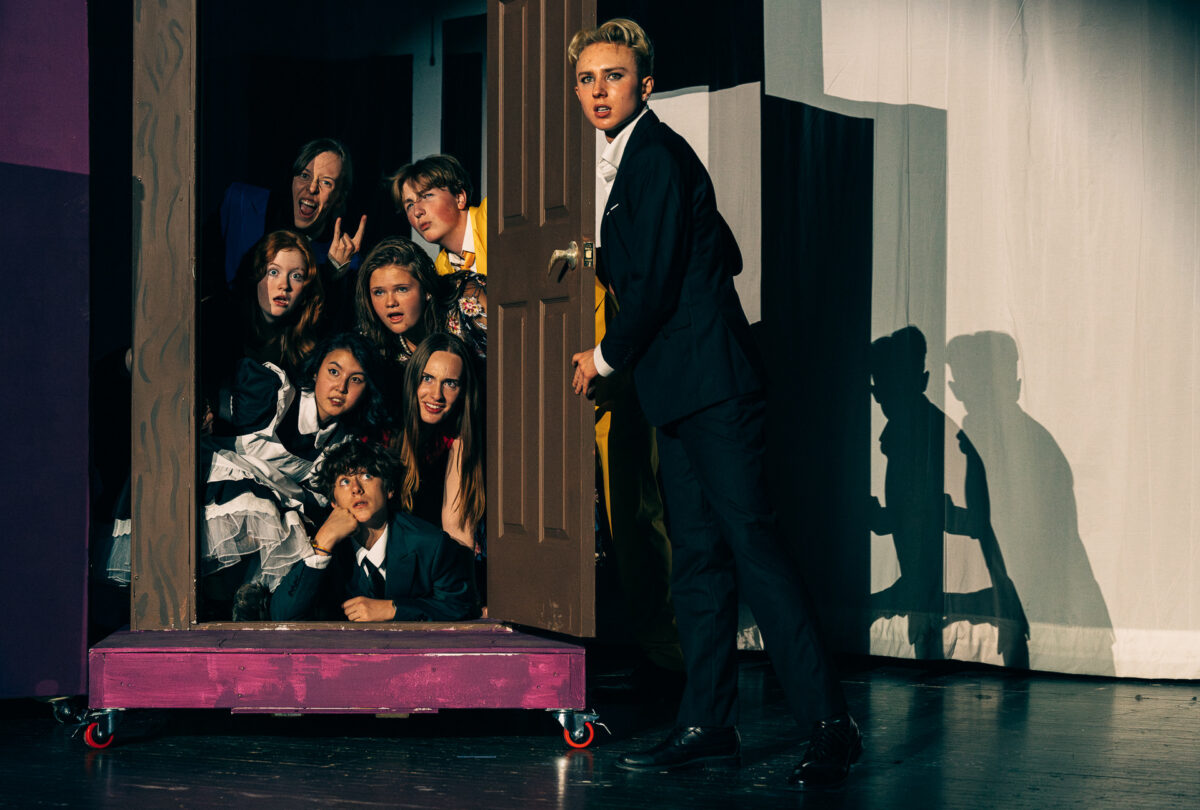
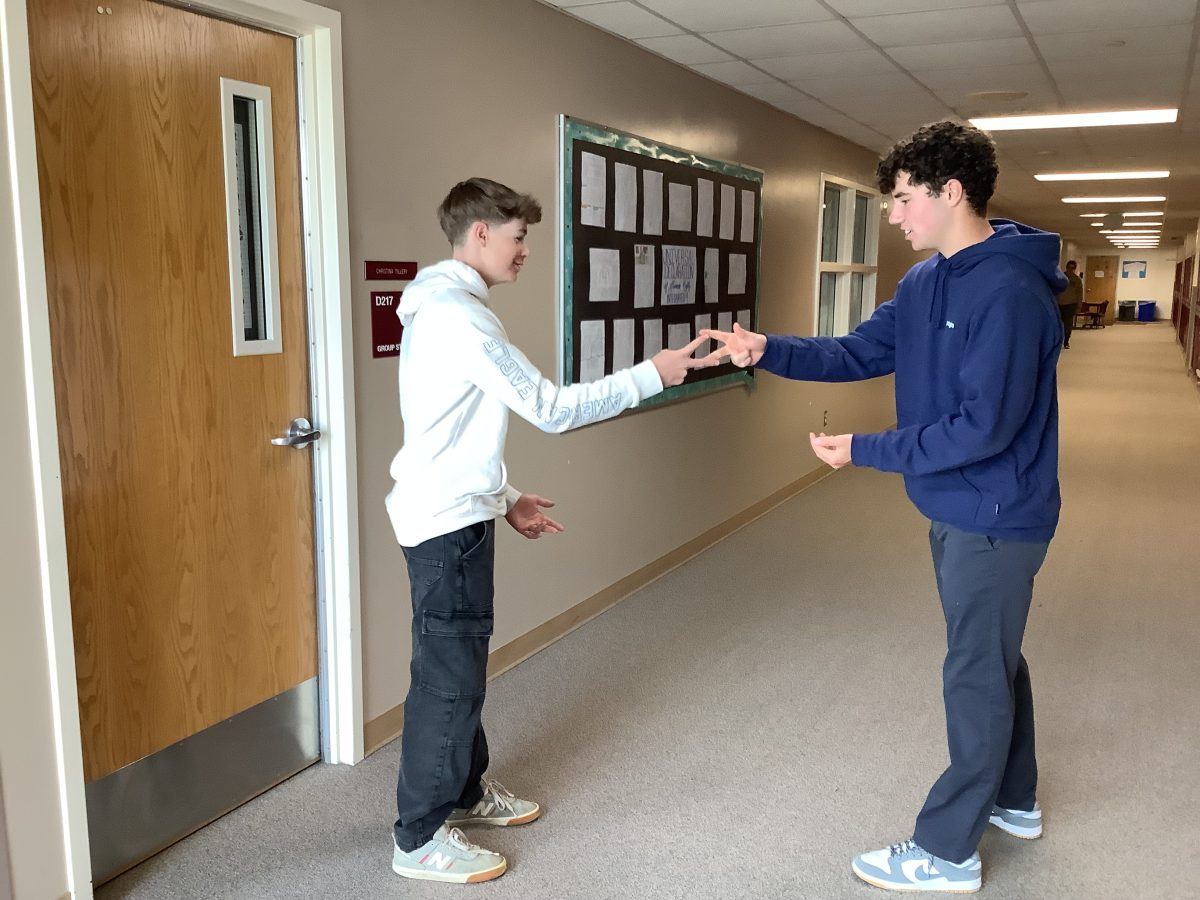

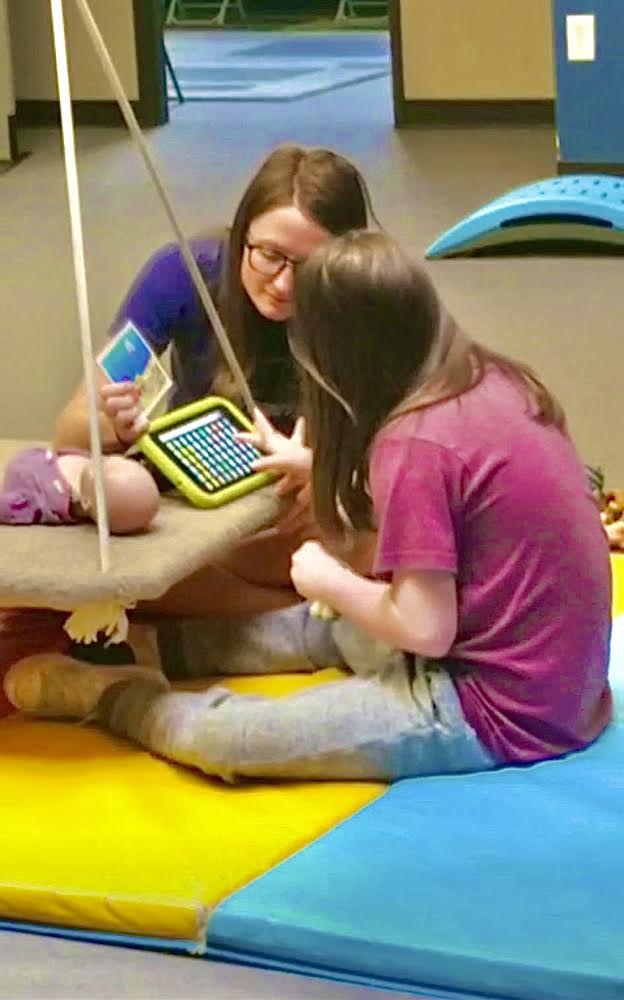

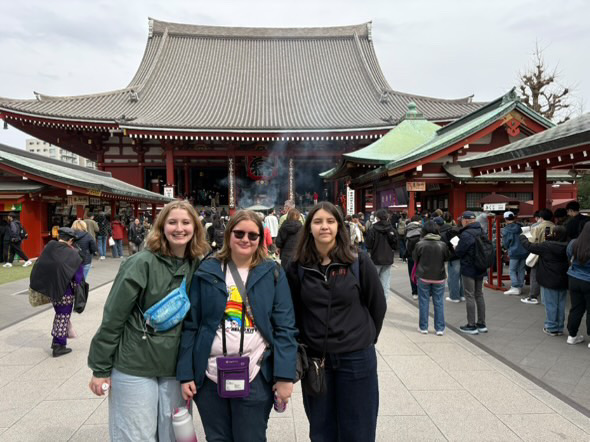
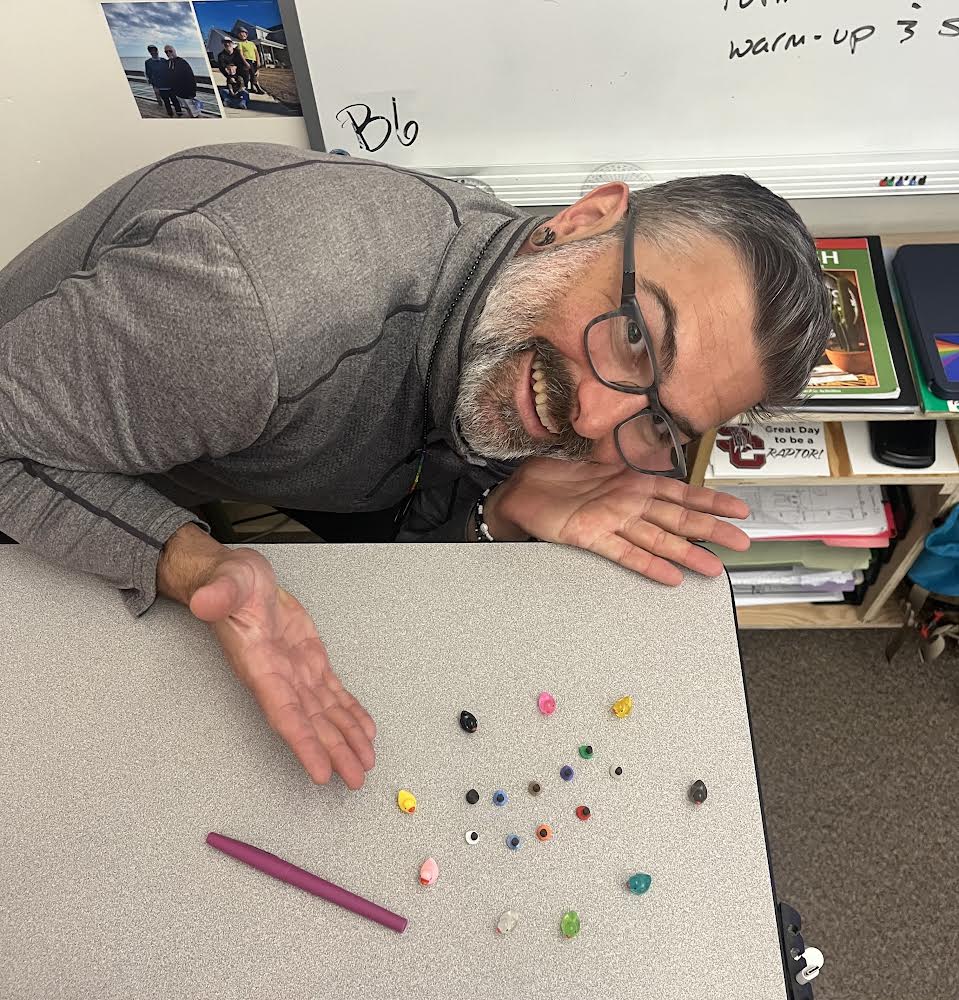
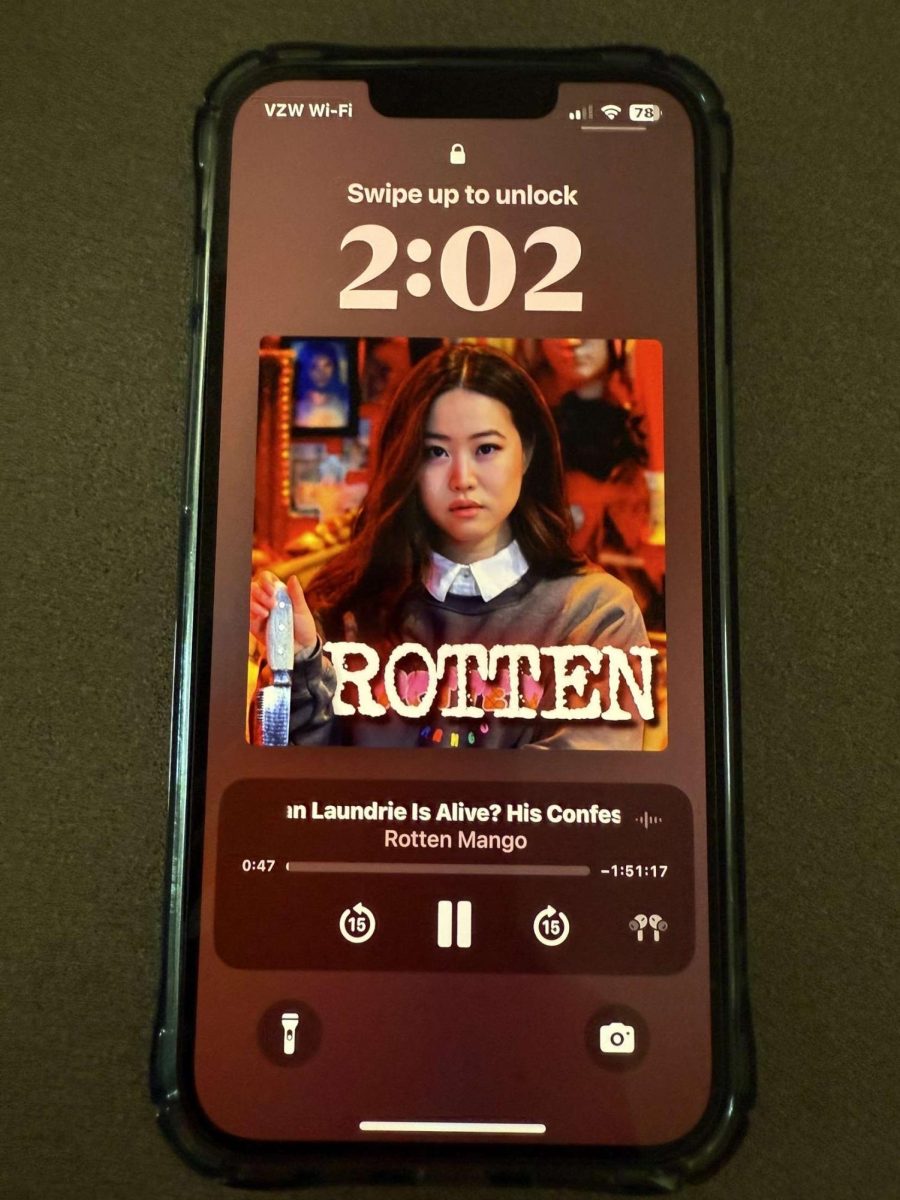
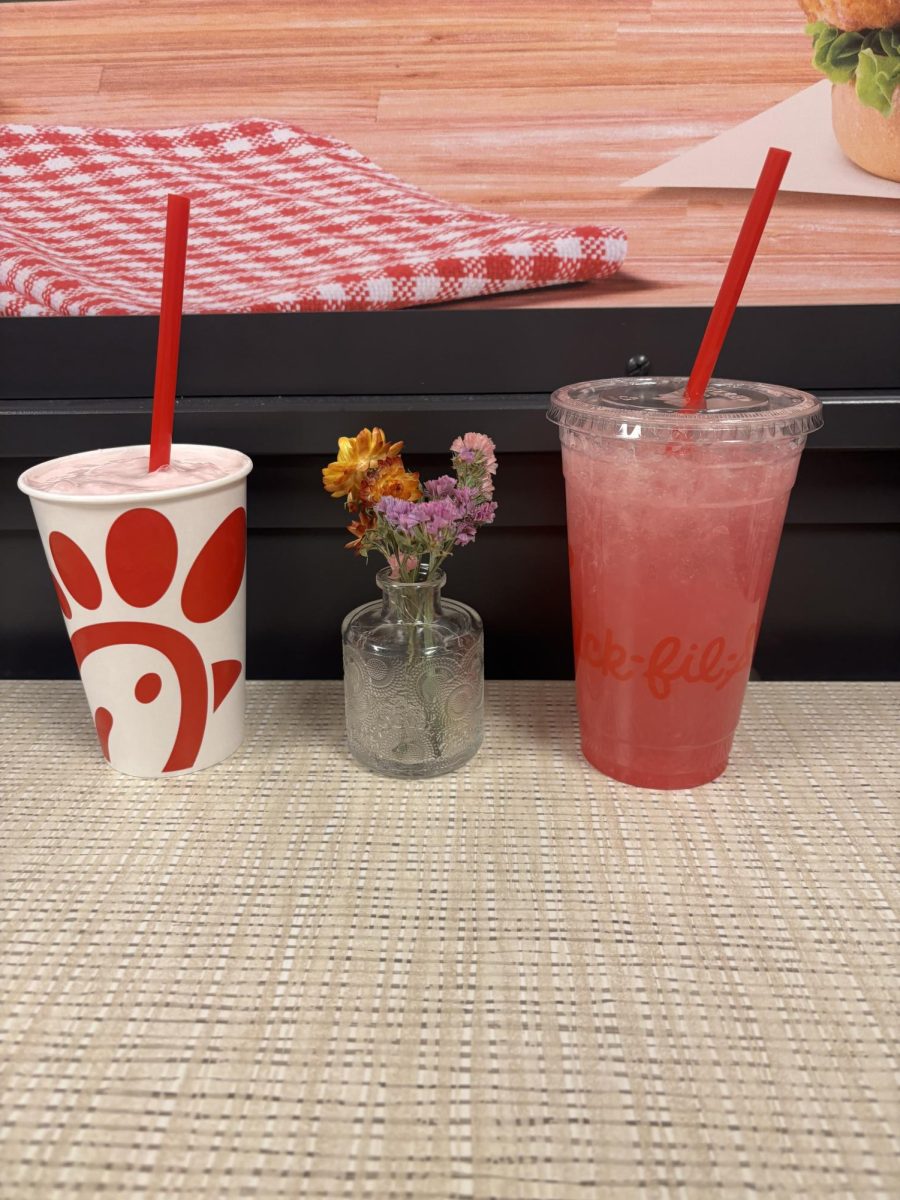



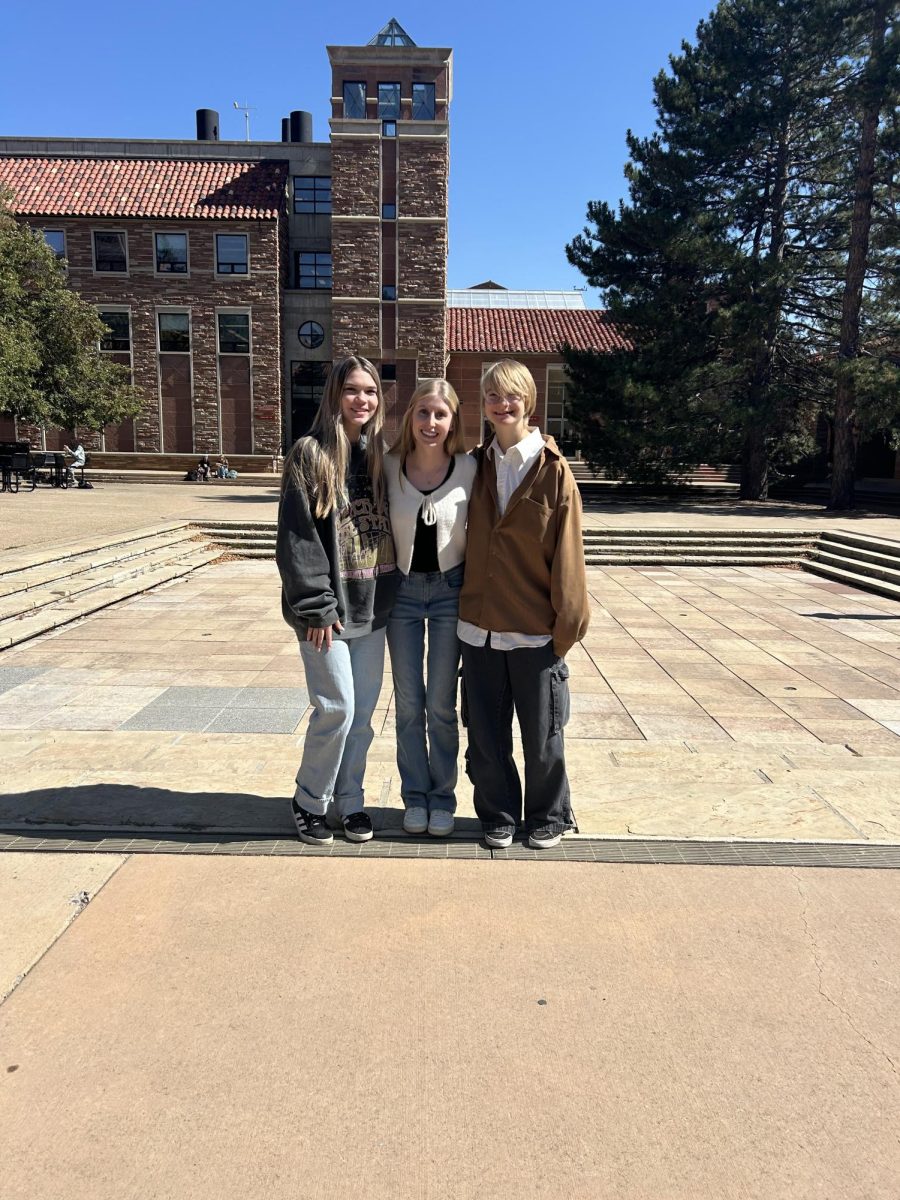
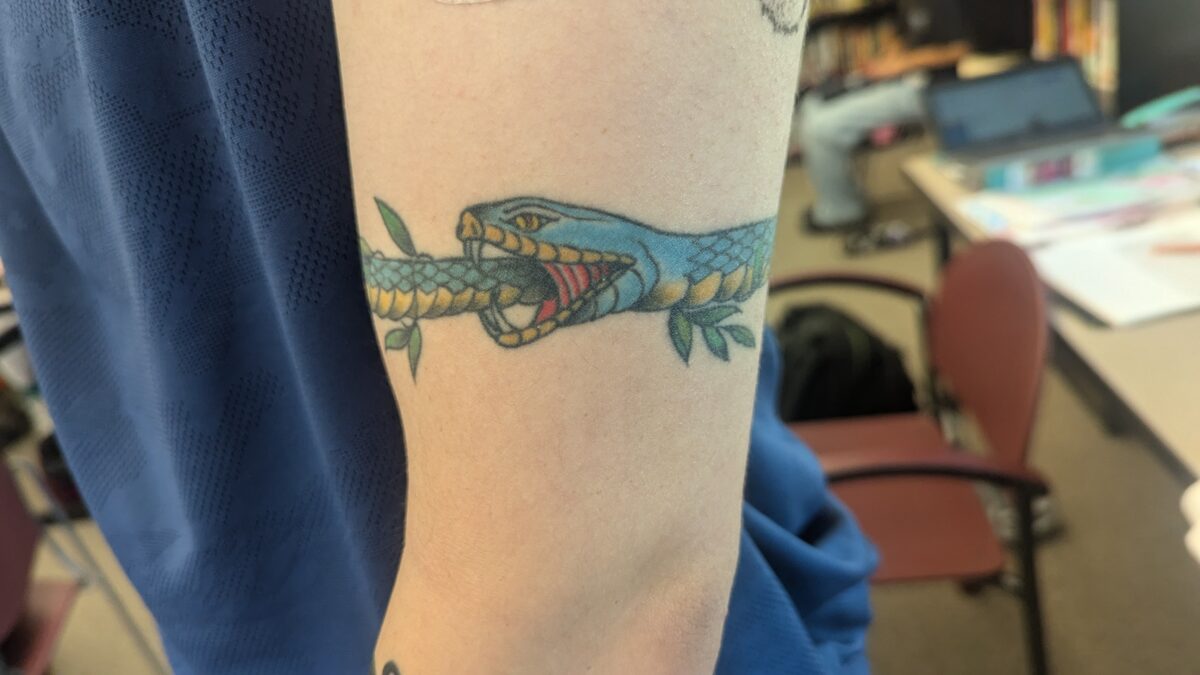
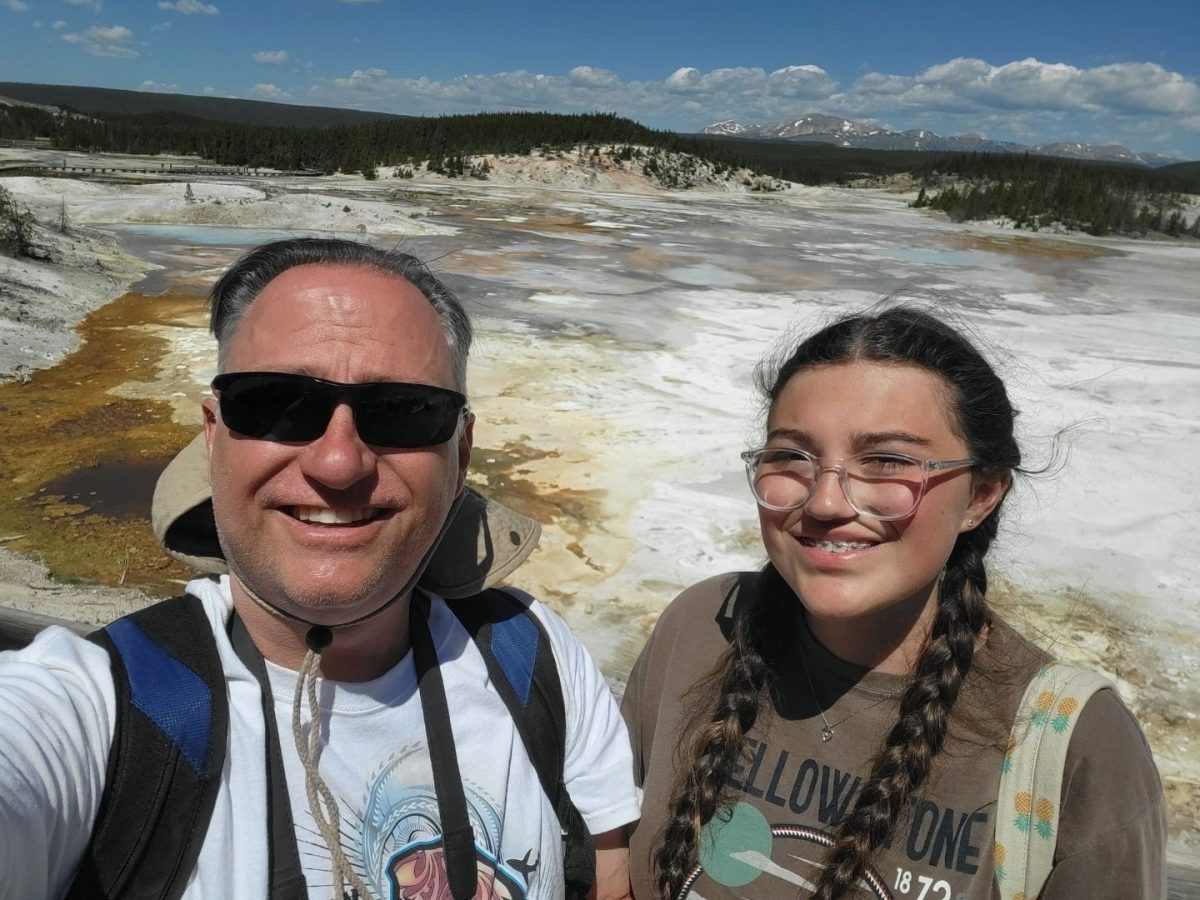
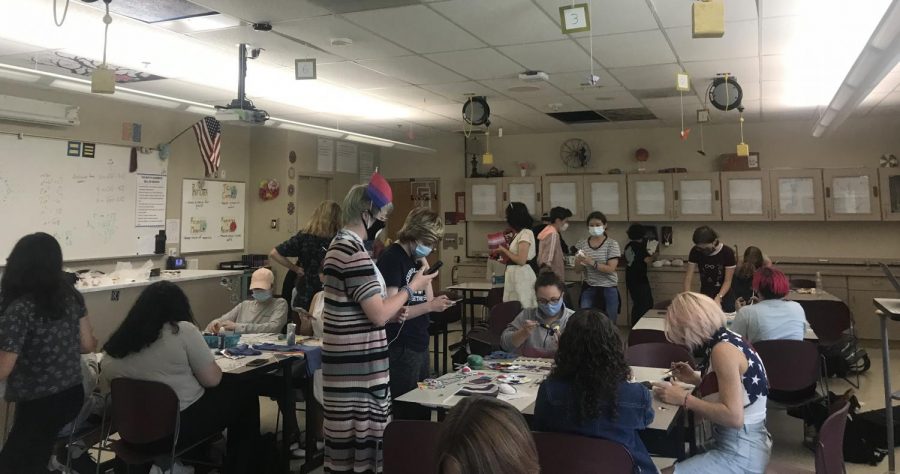
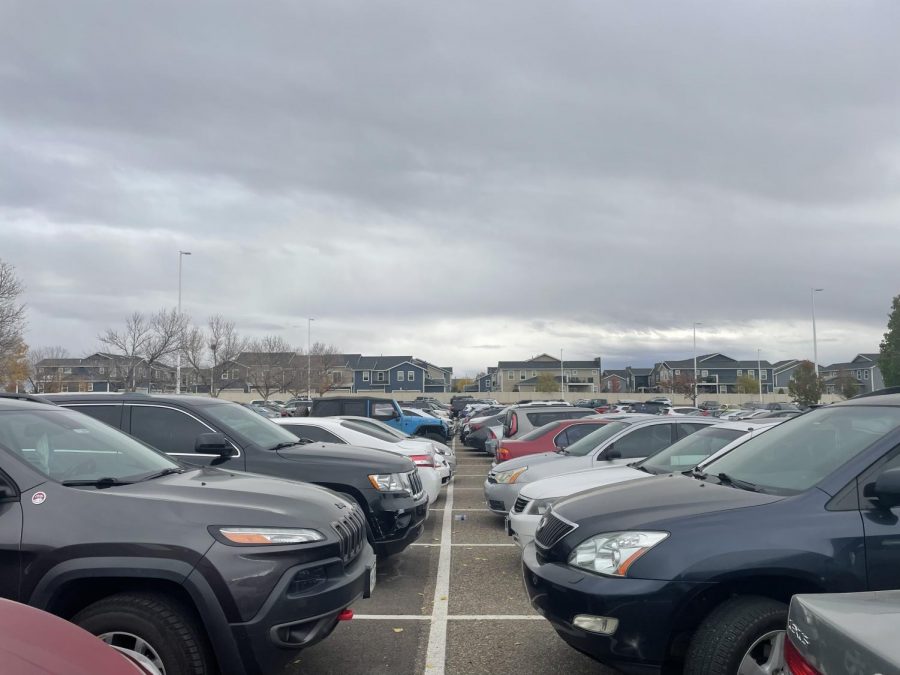
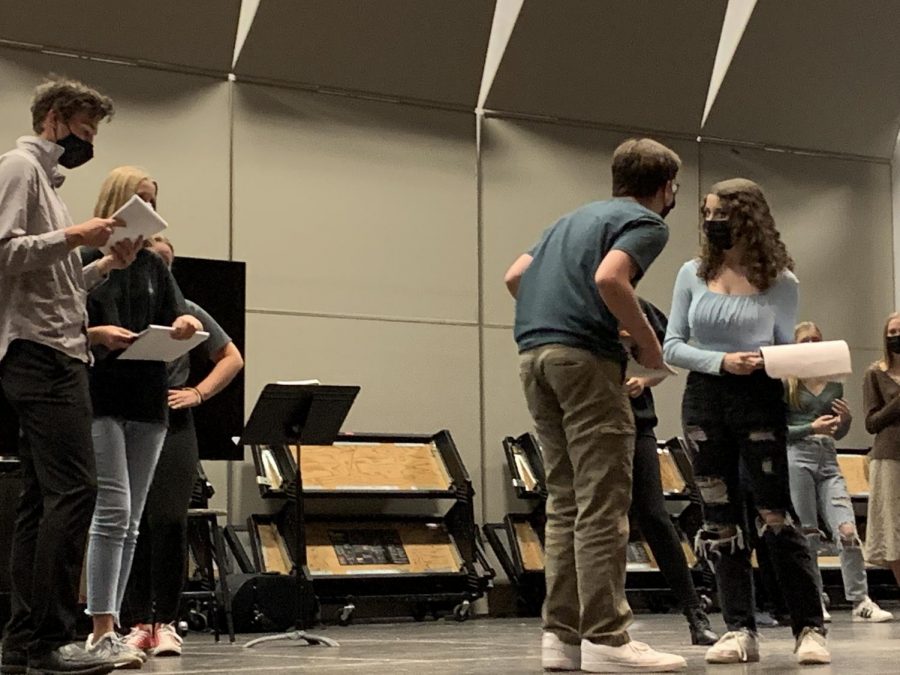
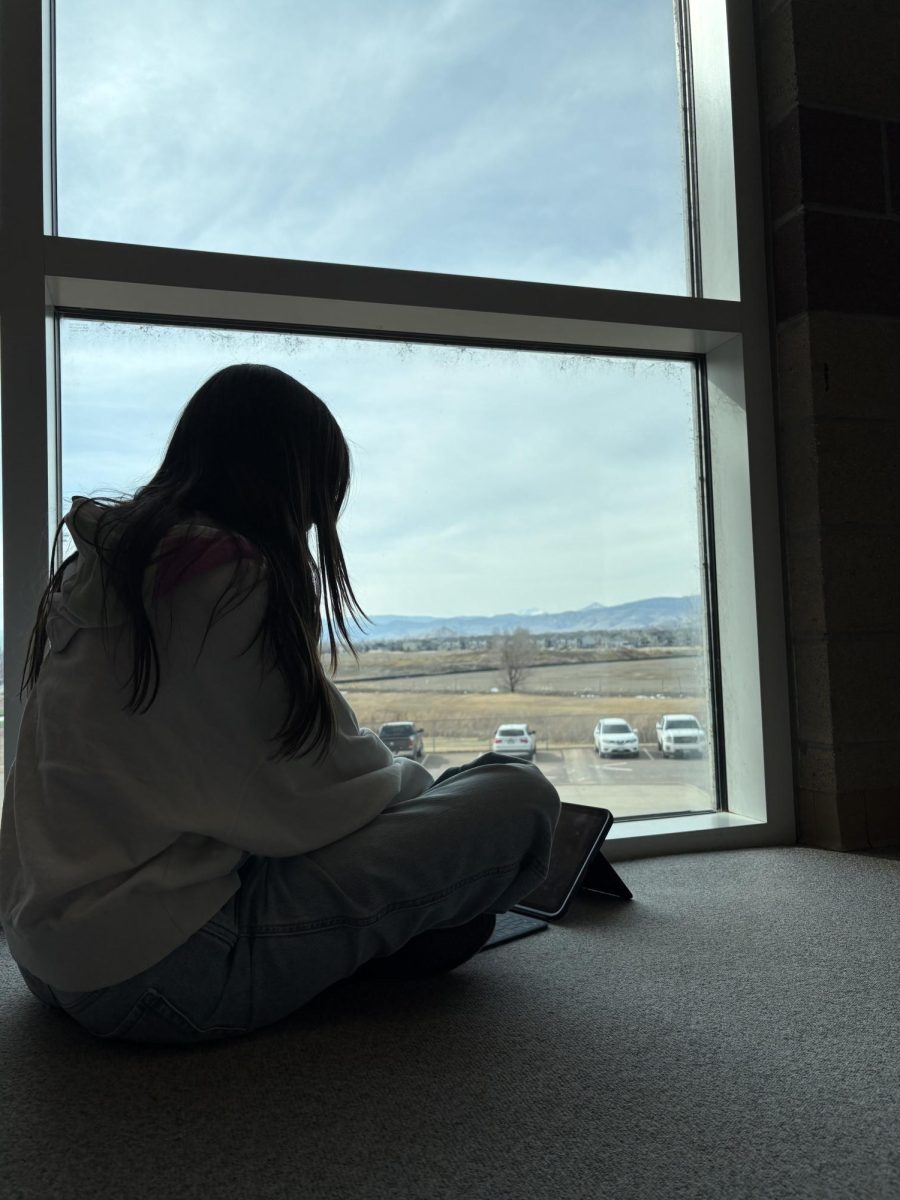

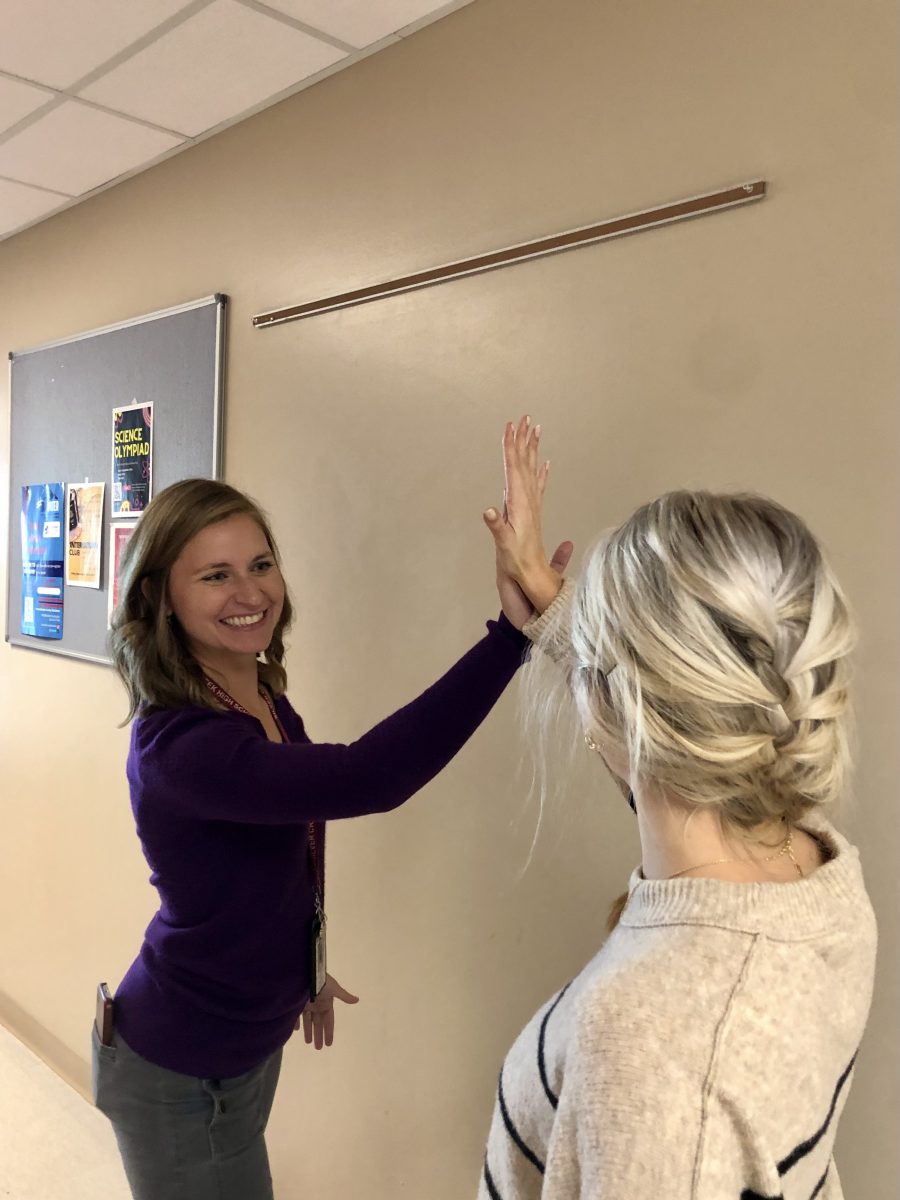
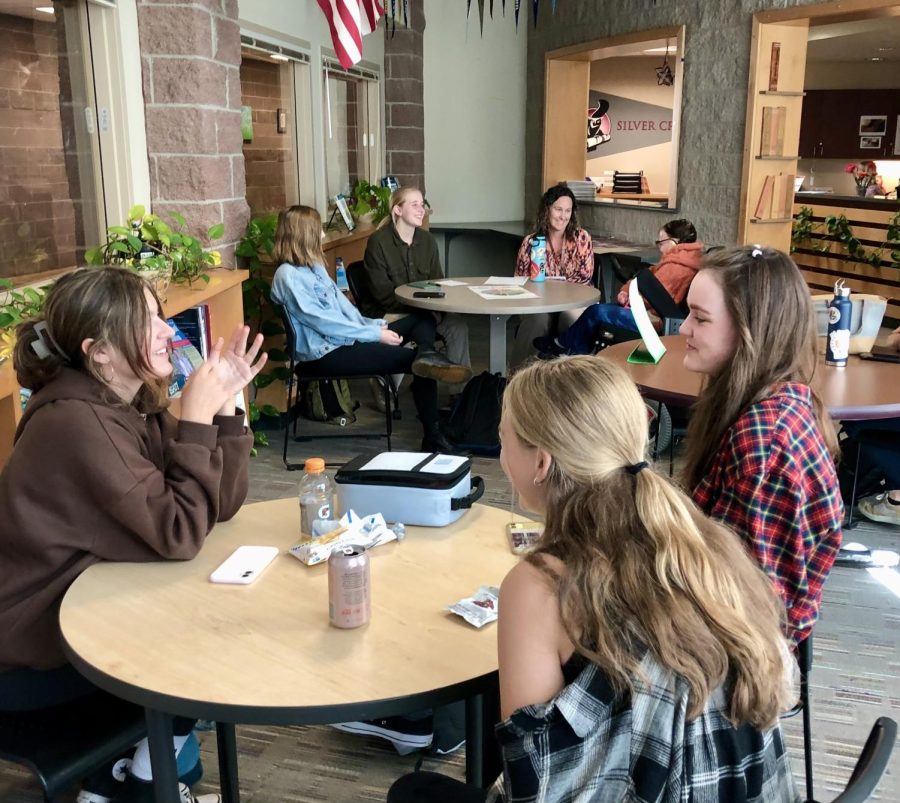

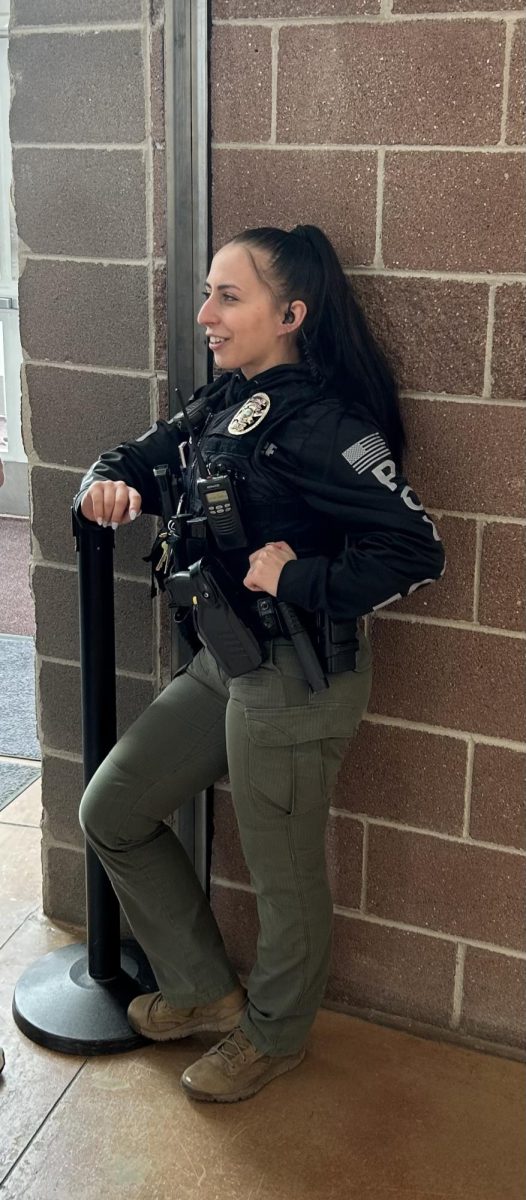


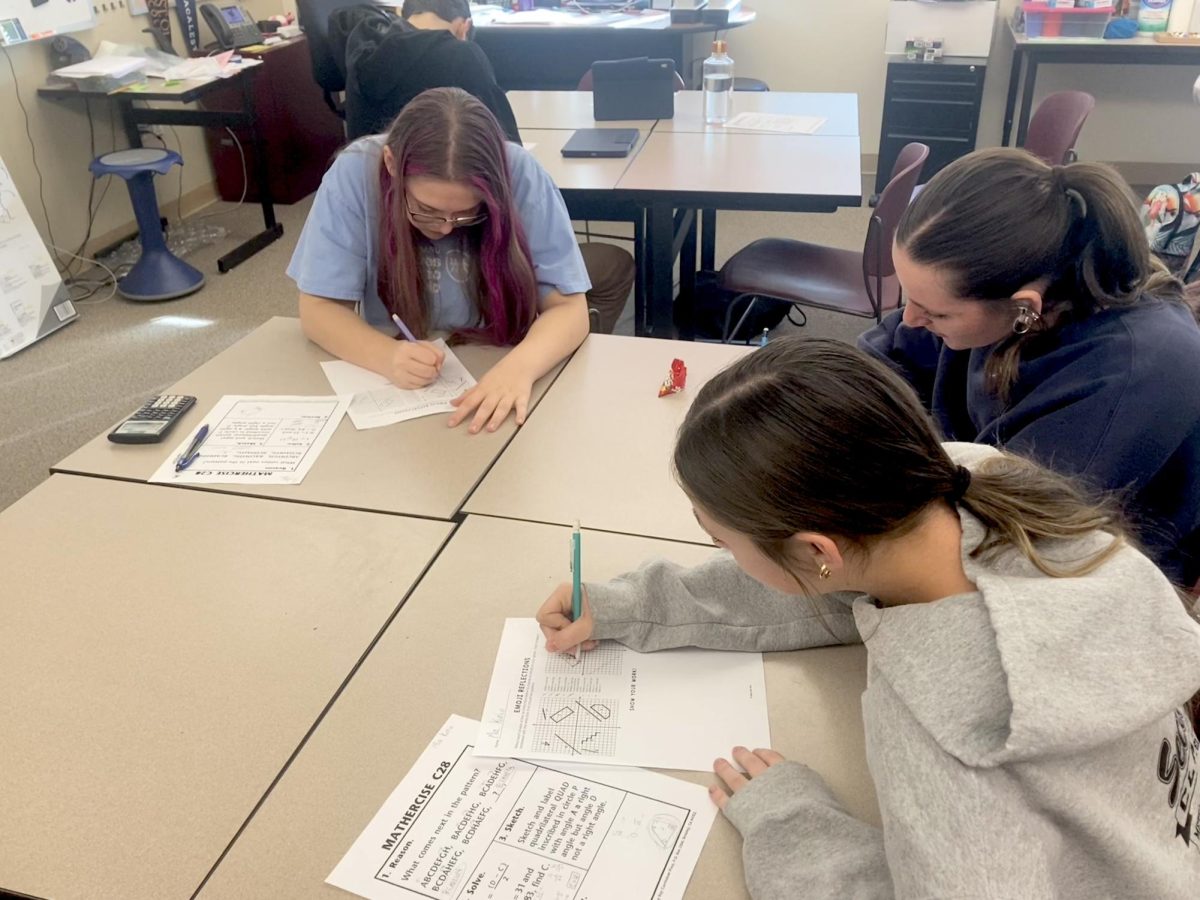
![Hosting the SCLA Casptone Mentor Dinner outside allowed for more attendees on September 27, 2021 at Silver Creek. This event would’ve usually been held inside. According to Lauren Kohn, a SCLA 12 teacher, “If we have a higher number of people, as long as we can host the event outside, then that seems to be keeping every[one] safe”.](https://schsnews.org/wp-content/uploads/2021/11/sxMAIGbSYGodZkqmrvTi5YWcJ1ssWA08ApkeMLpp-900x675.jpeg)

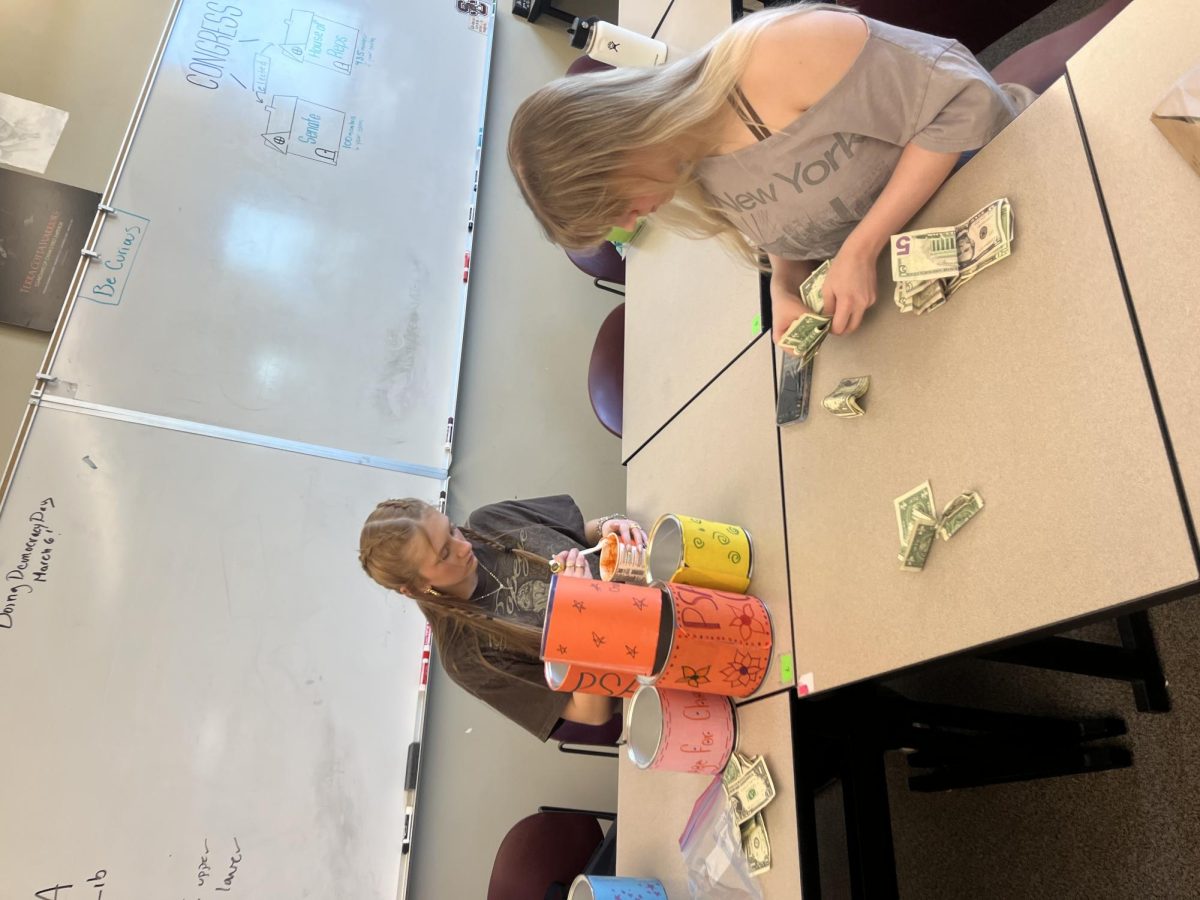
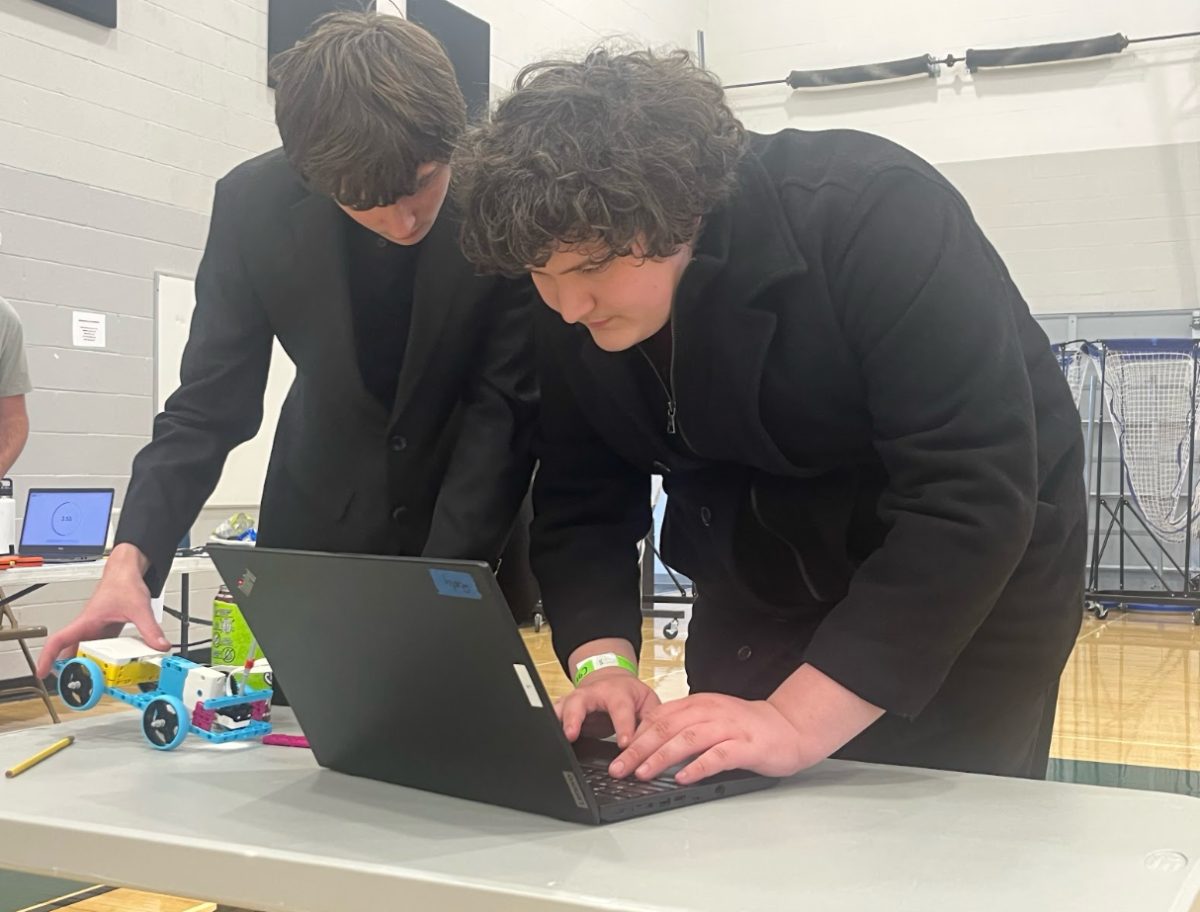
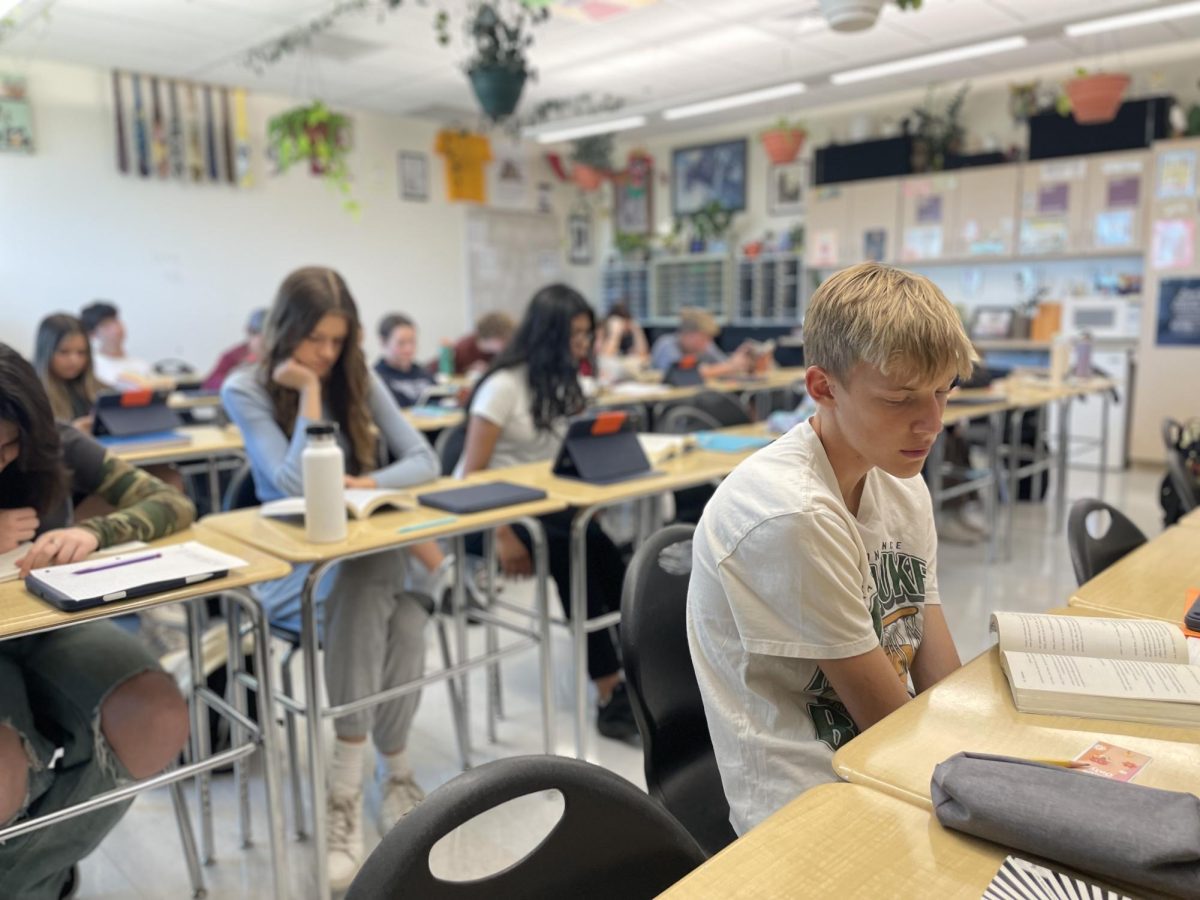
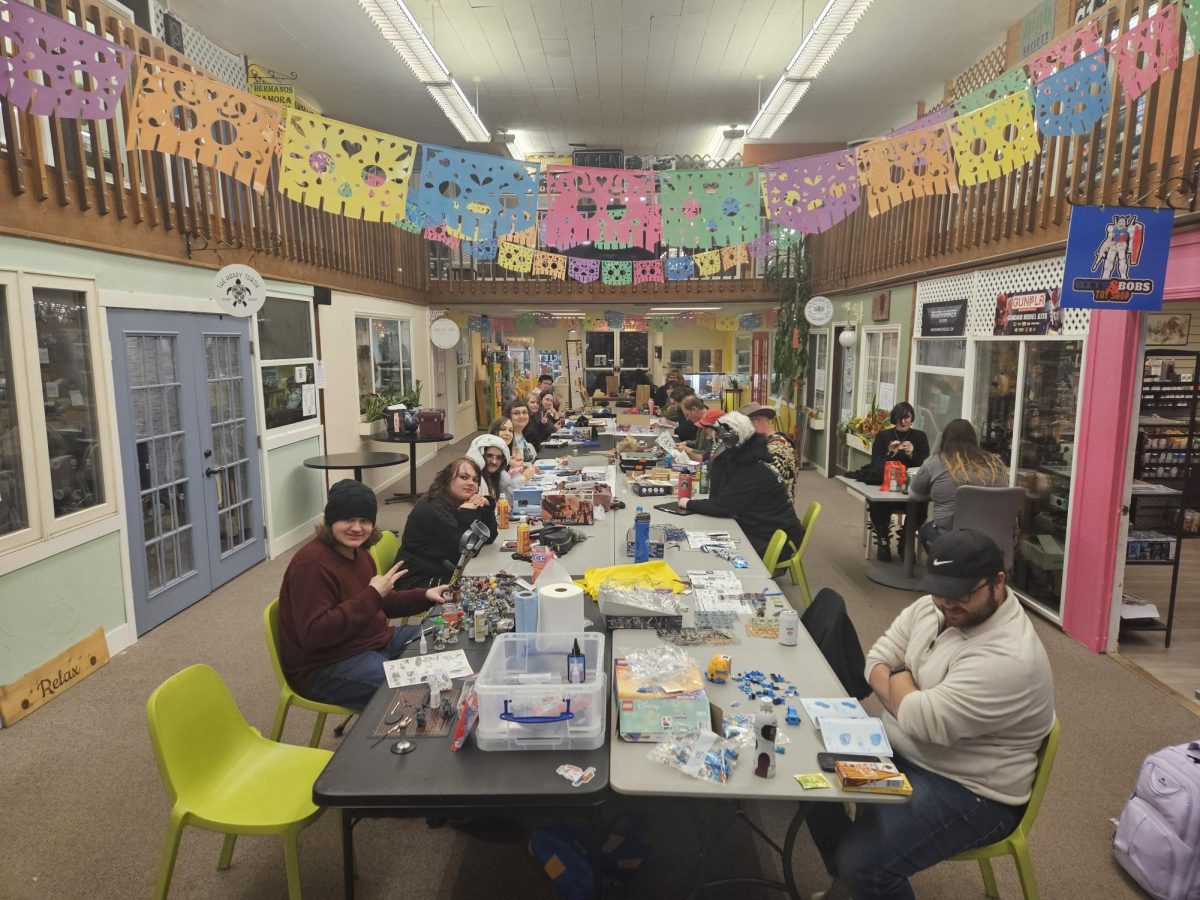
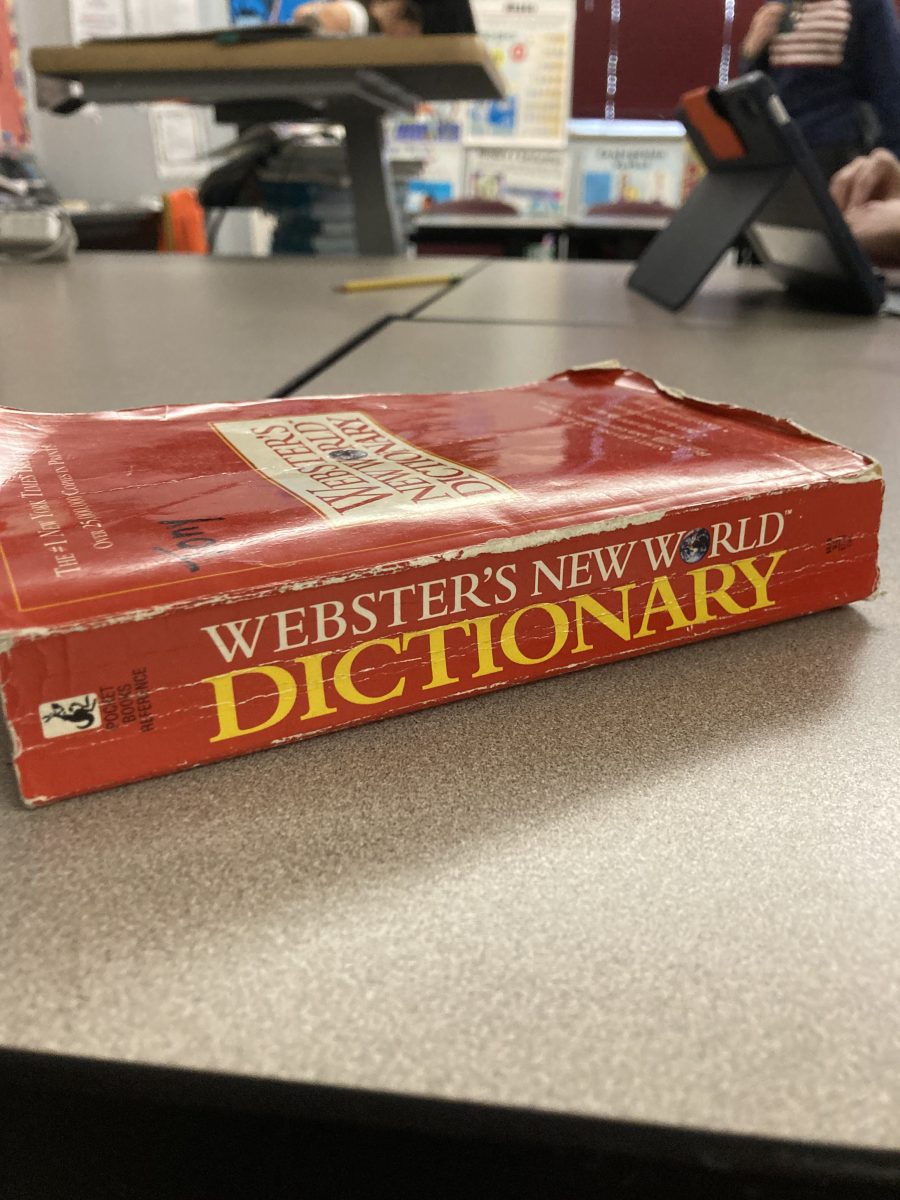
![[From Left] students Evy Deaton and Tyler Courtney sit near the front of D wing, doing class work.](https://schsnews.org/wp-content/uploads/2023/05/QC2oBNzi39goVNtXJdx8EO6jbLAJgntleYxRrxOW-900x675.jpg)
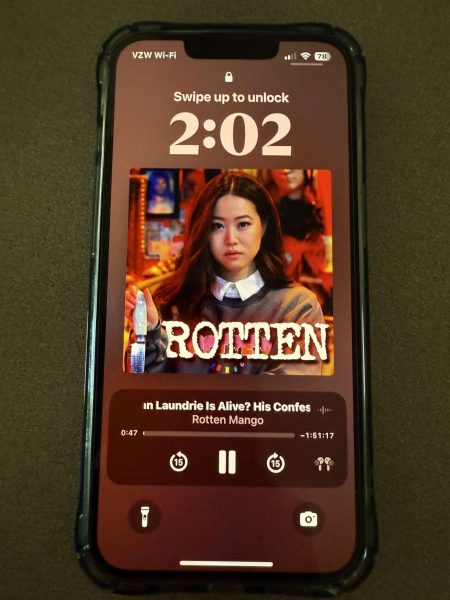
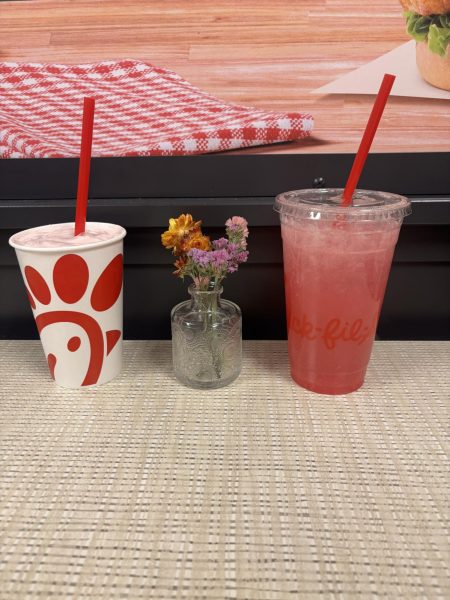


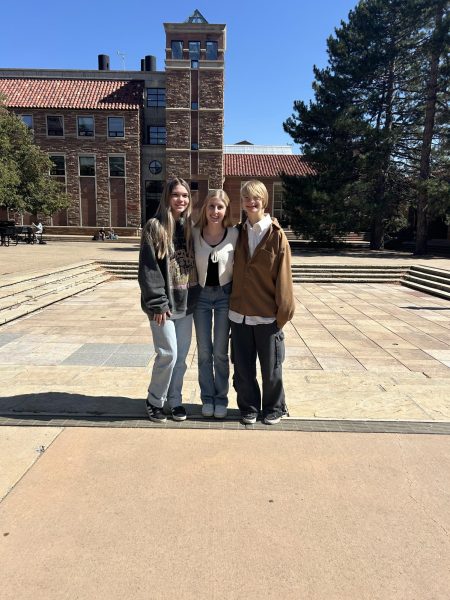
Charly • May 23, 2023 at 9:38 am
I like how you got perspectives from teachers and students and included facts. This article also keeps the reader hooked throughout the whole article.
Renesa • May 23, 2023 at 9:17 am
This is such a good article!!